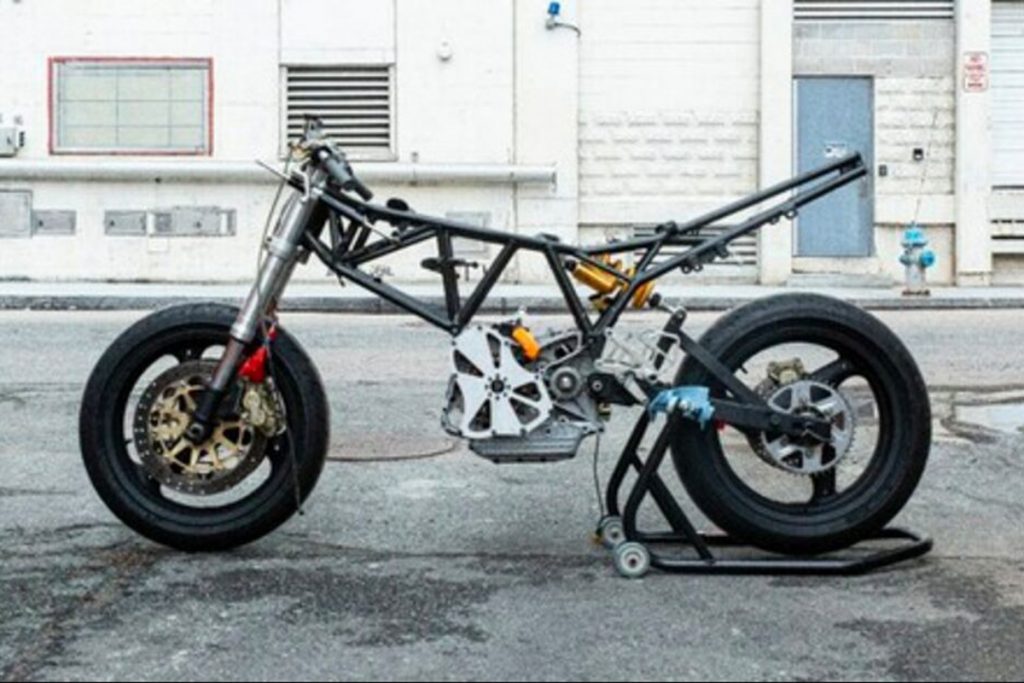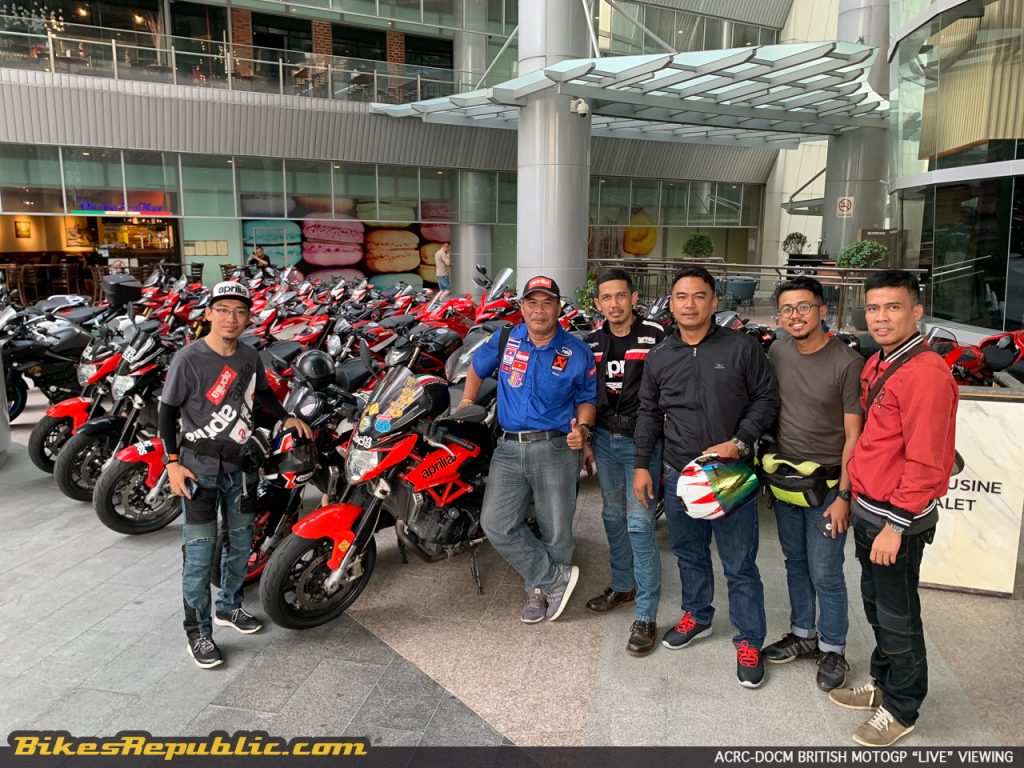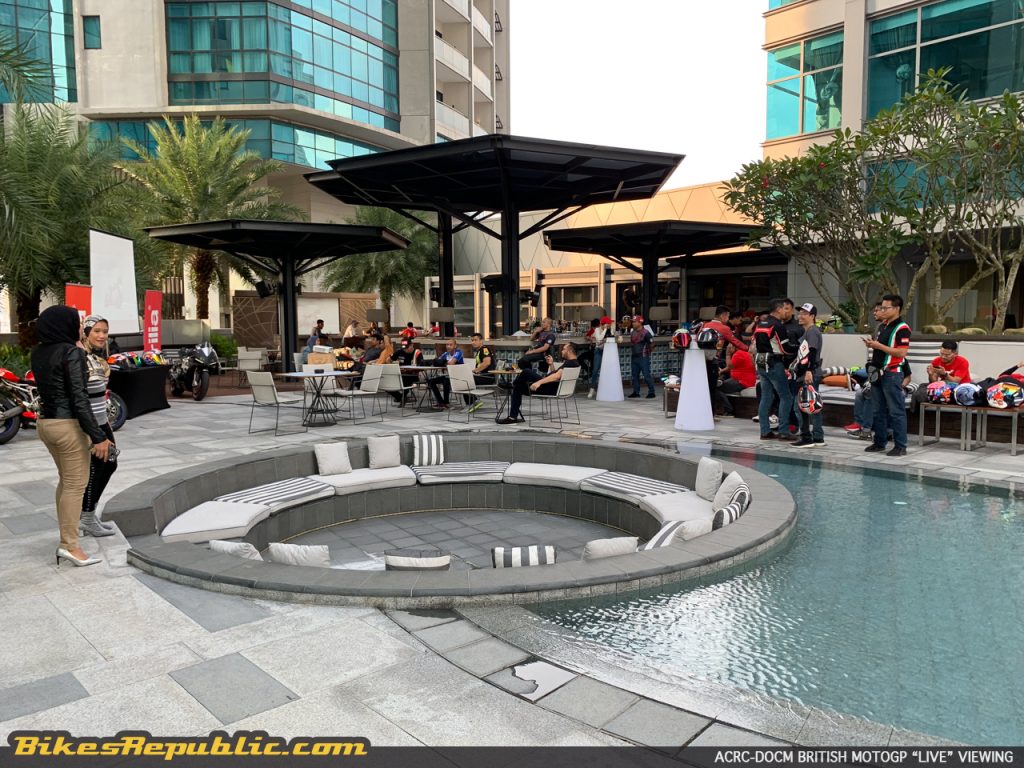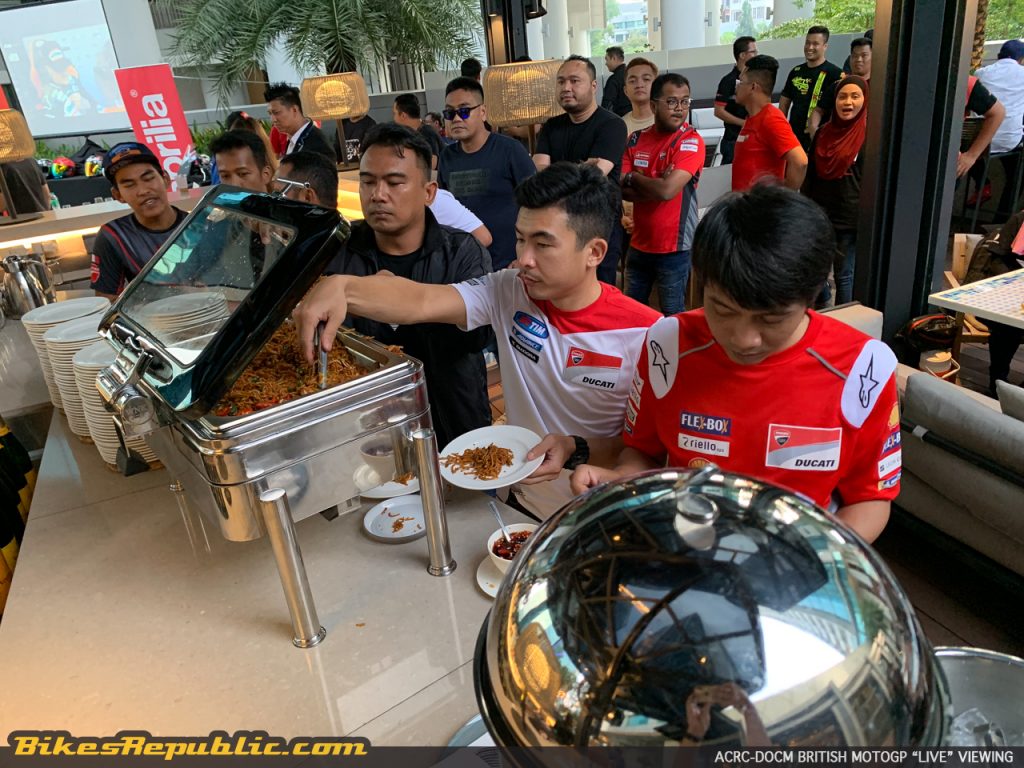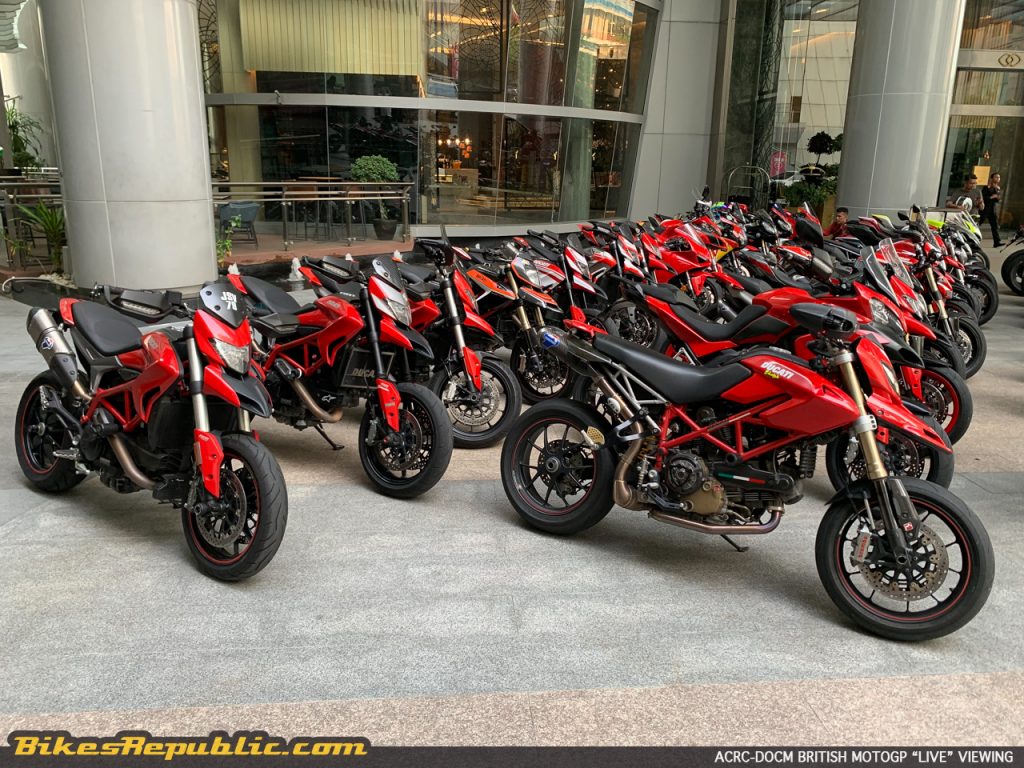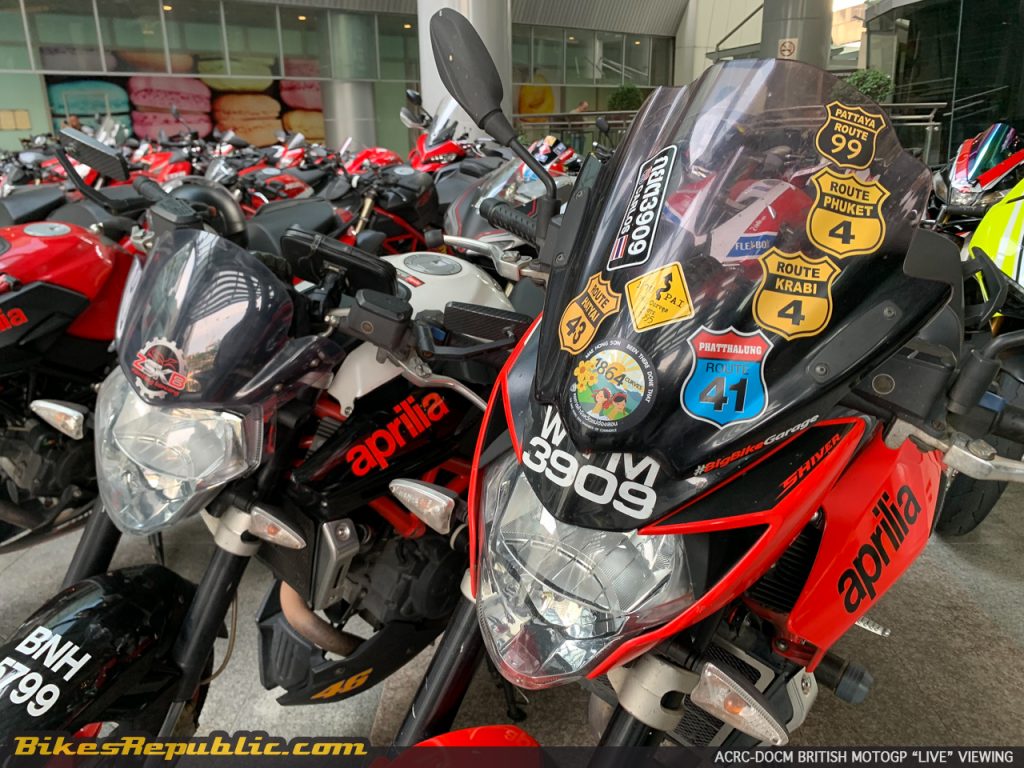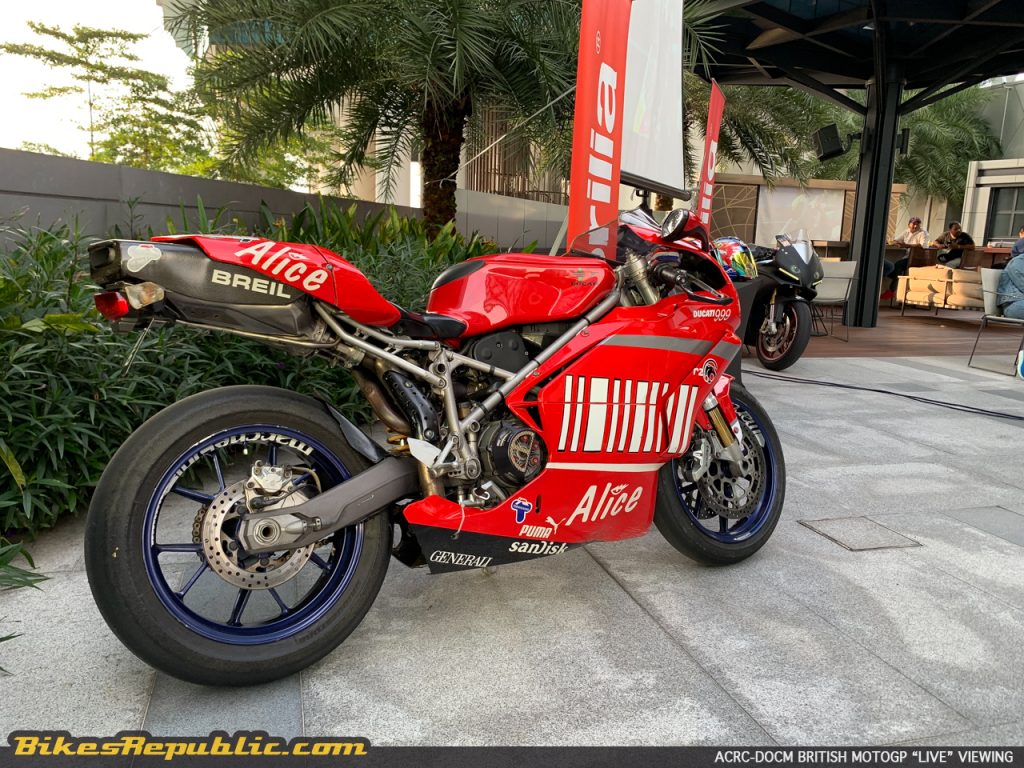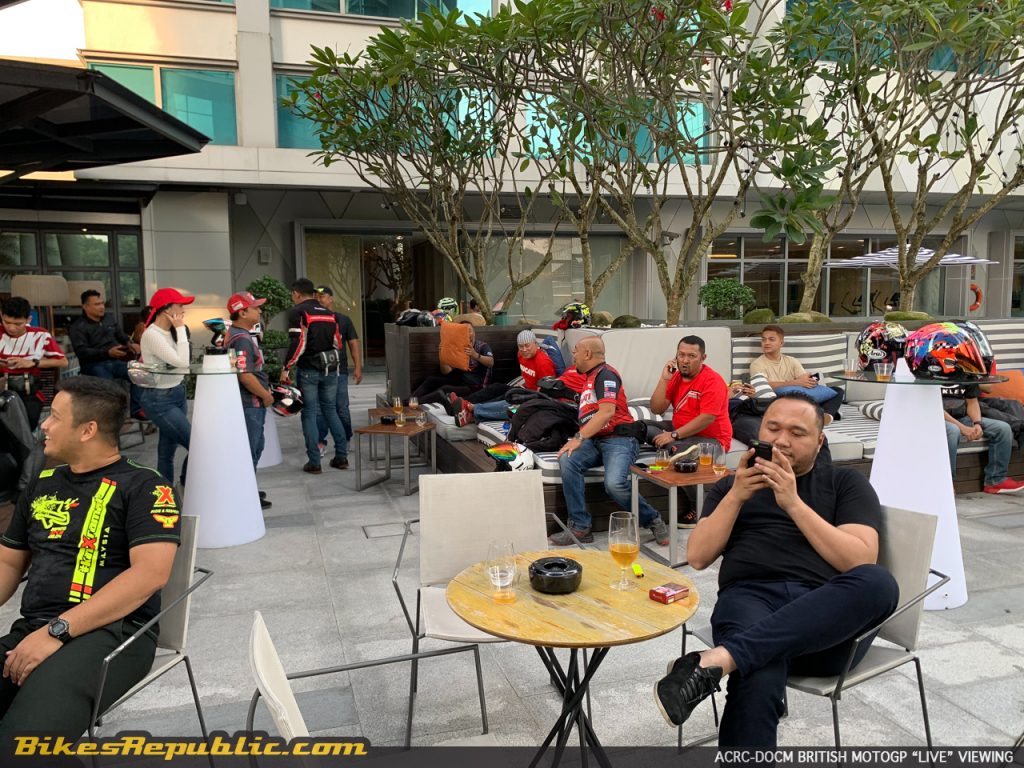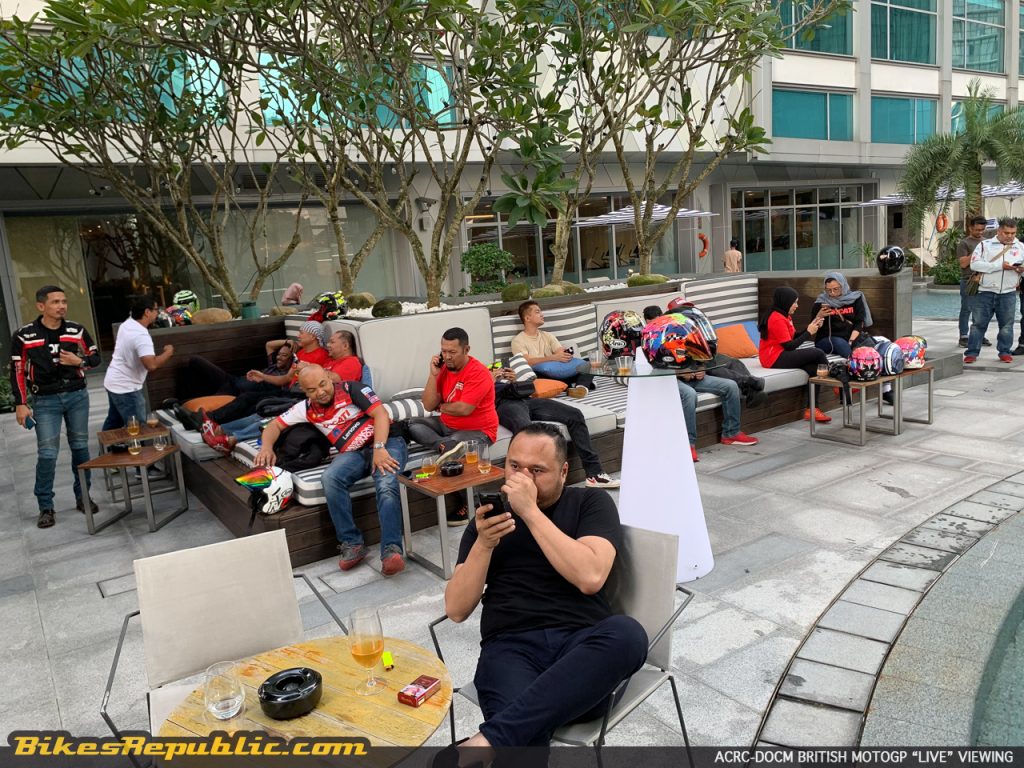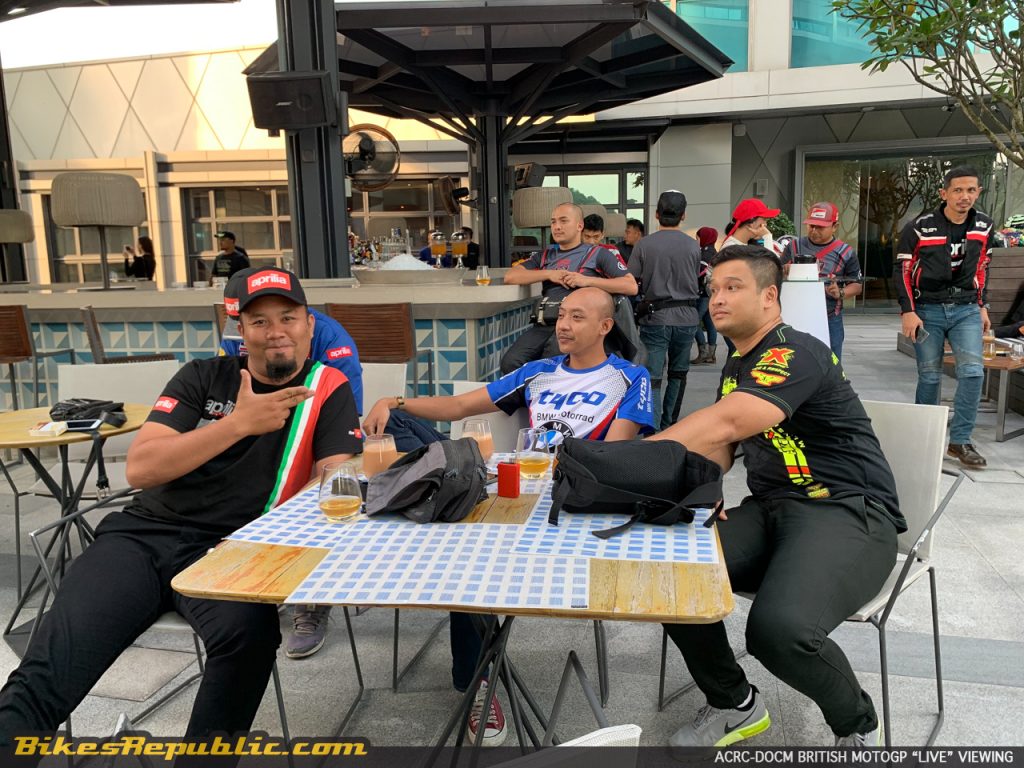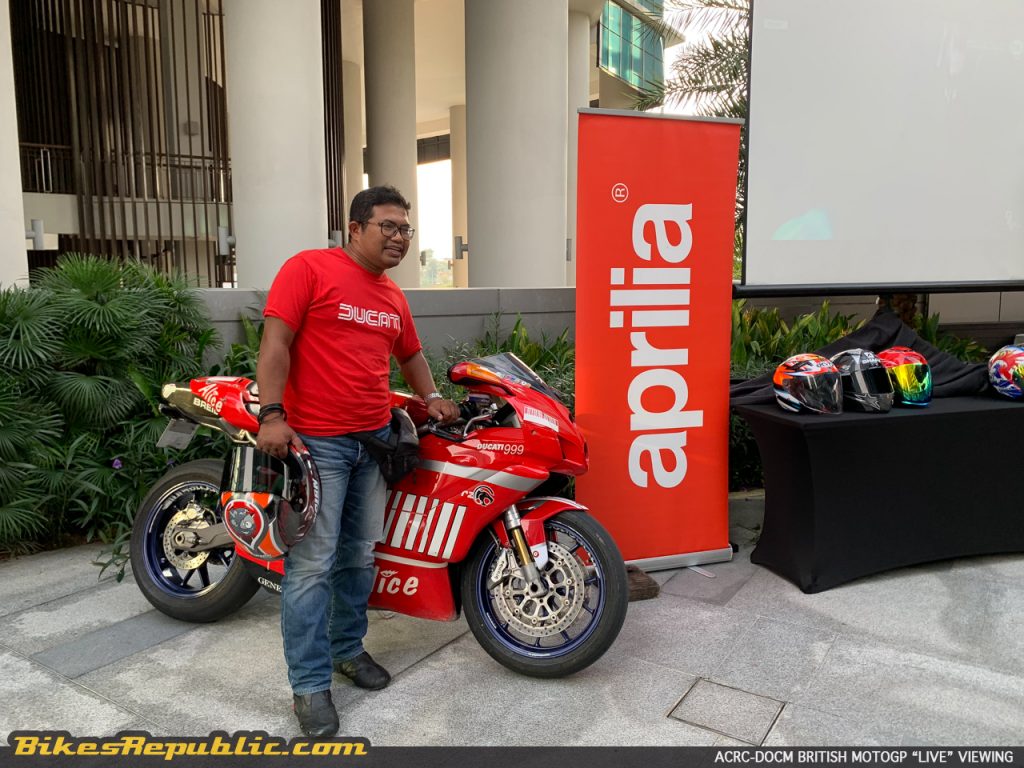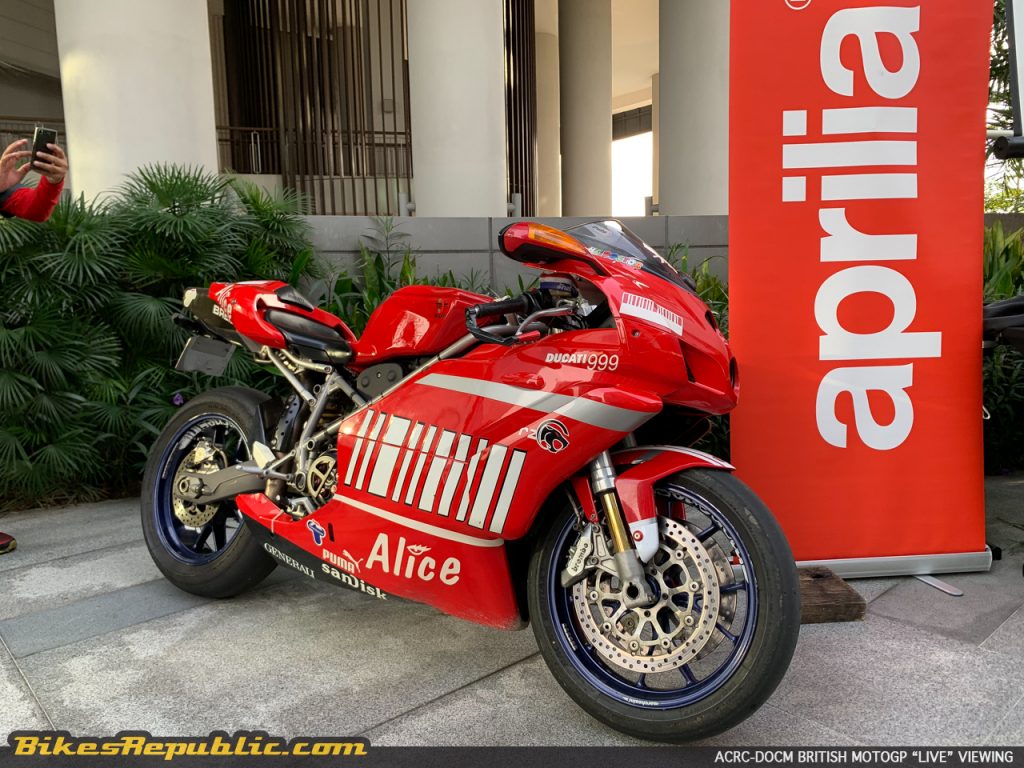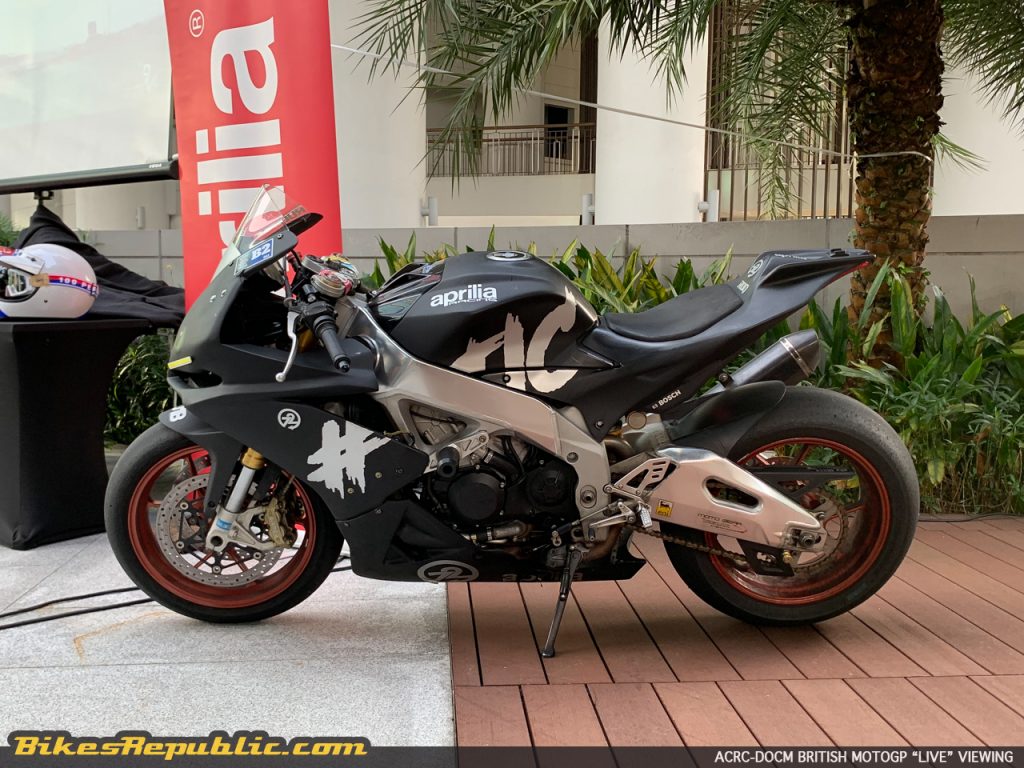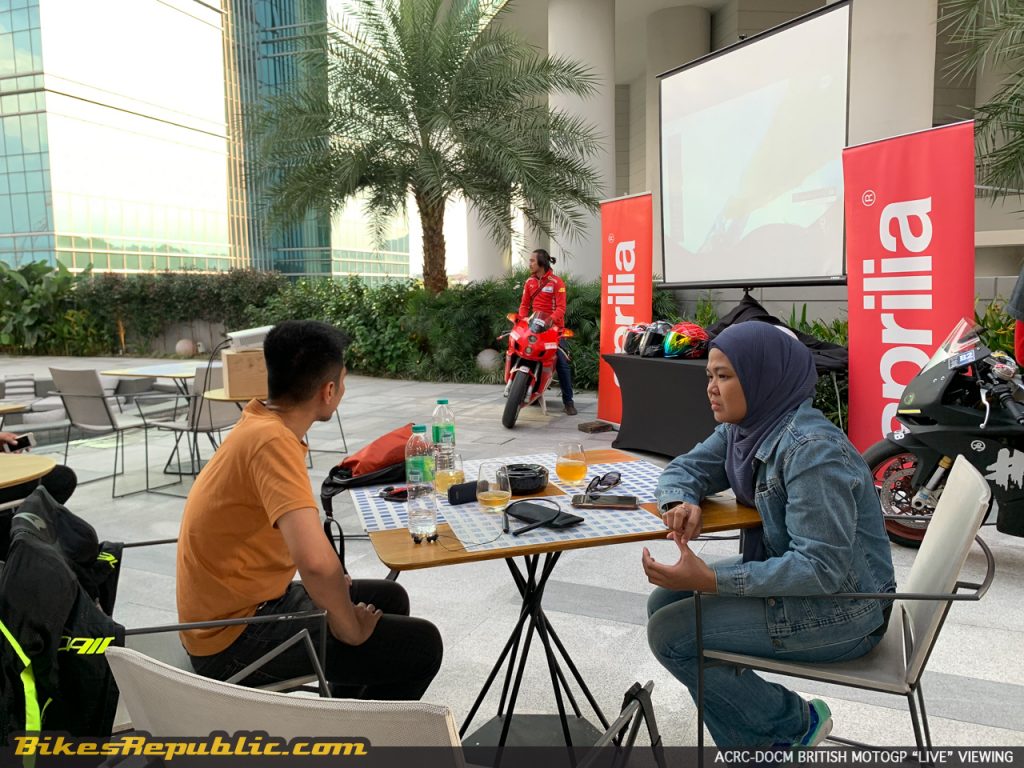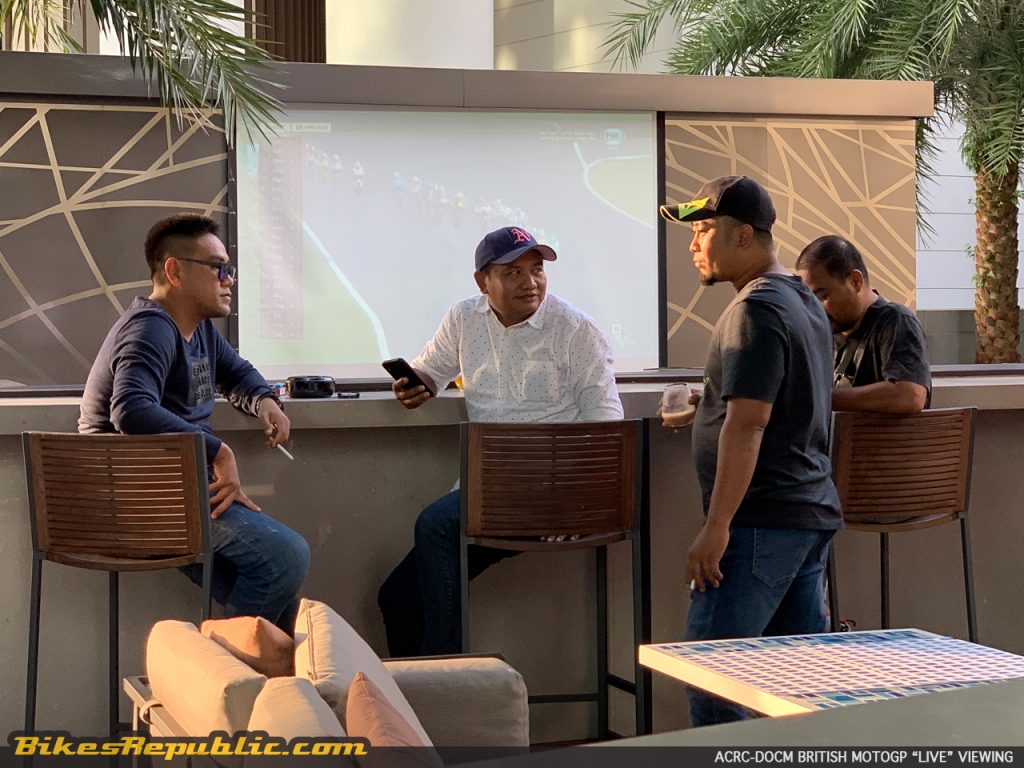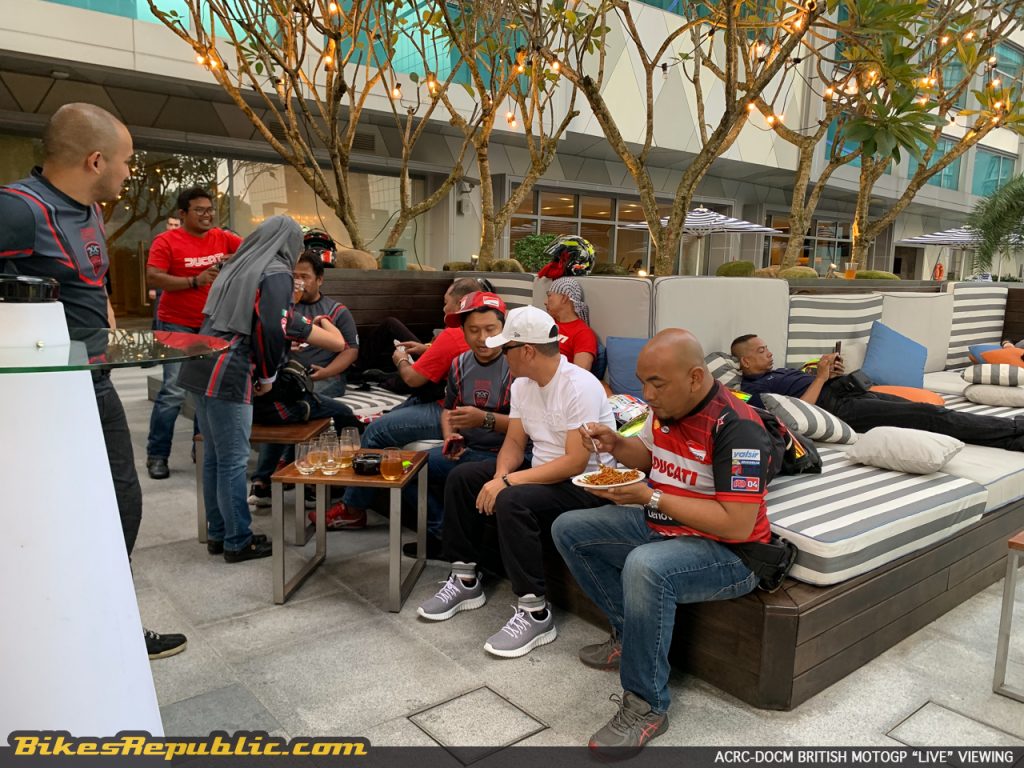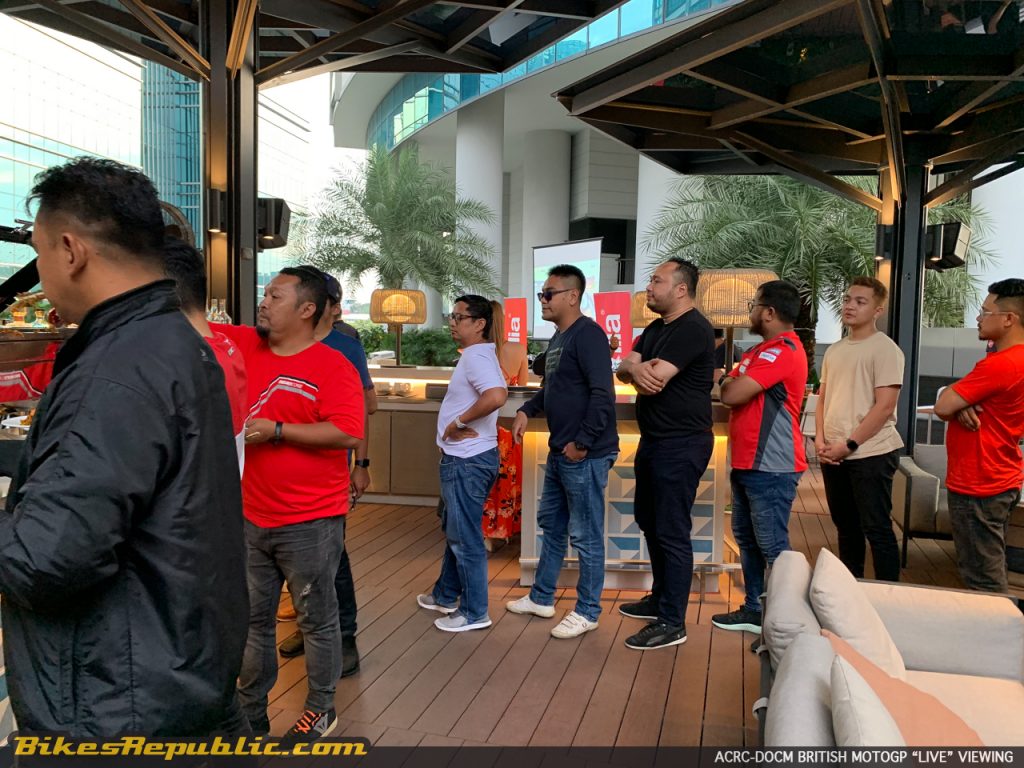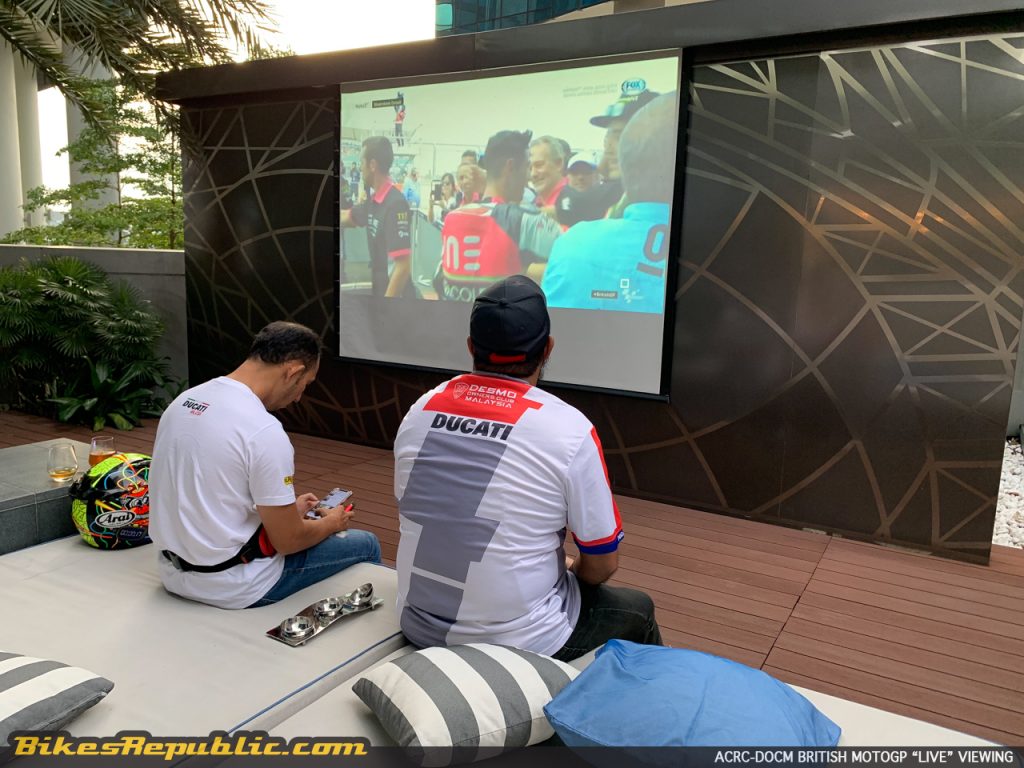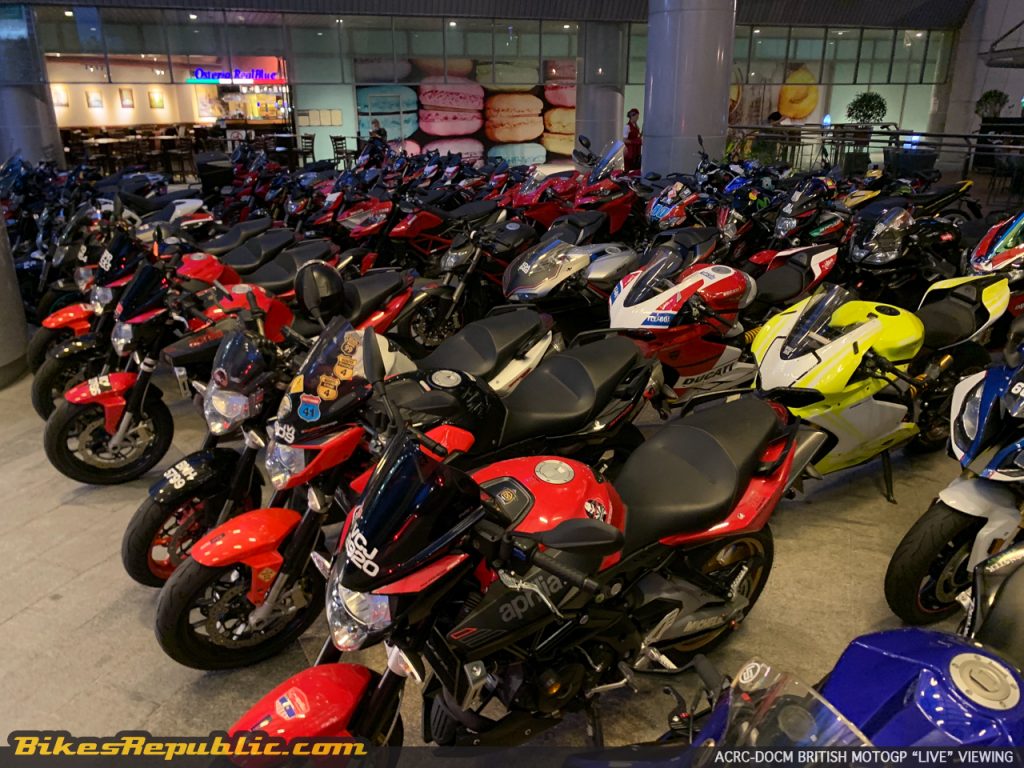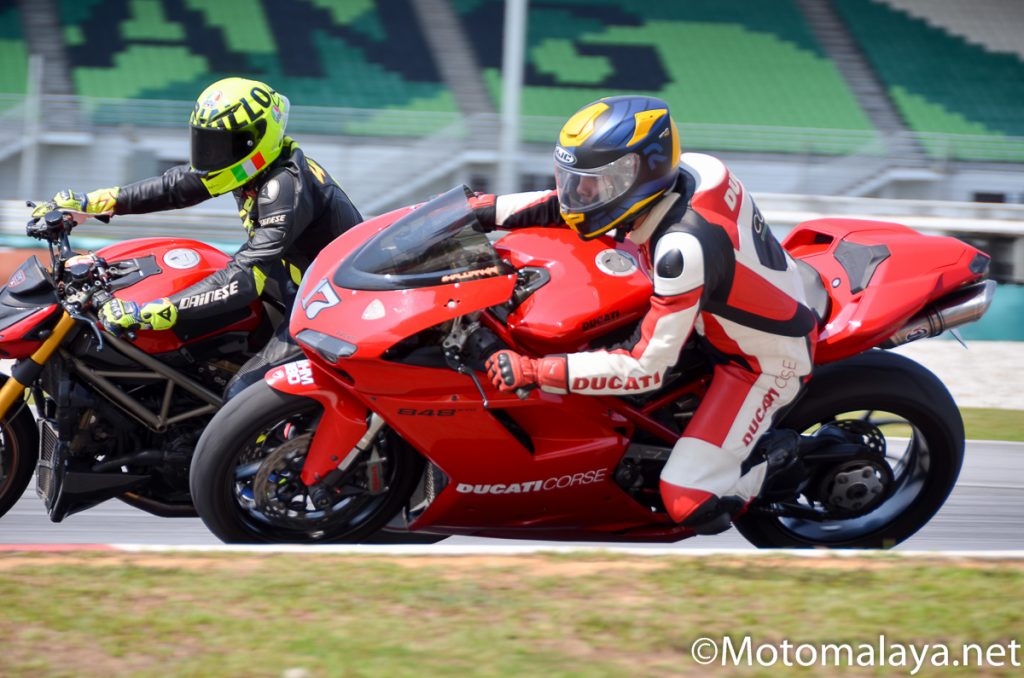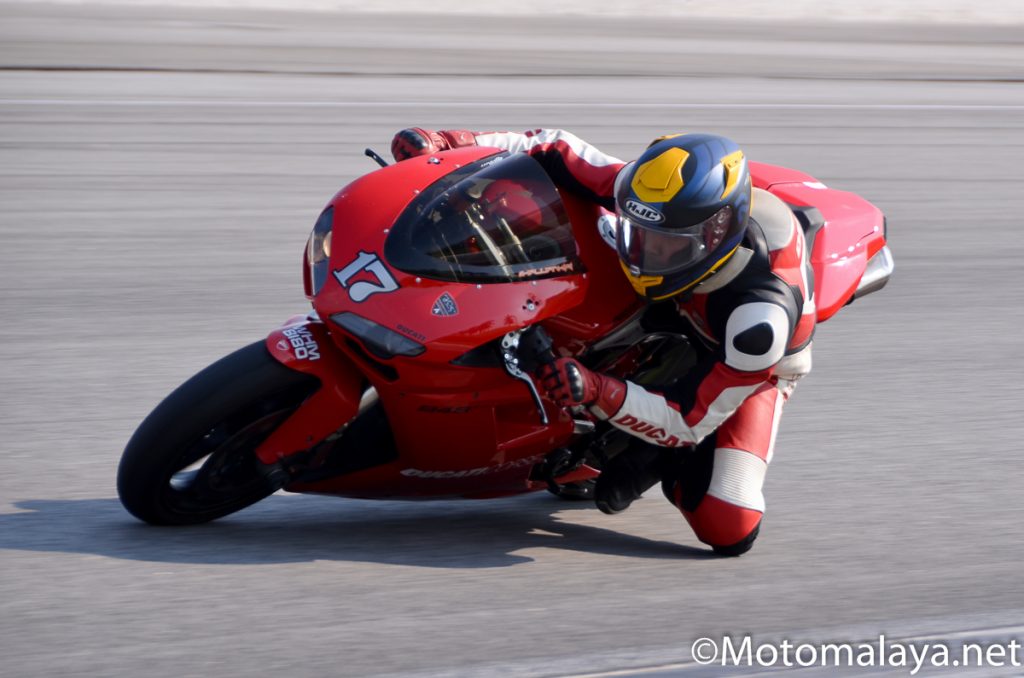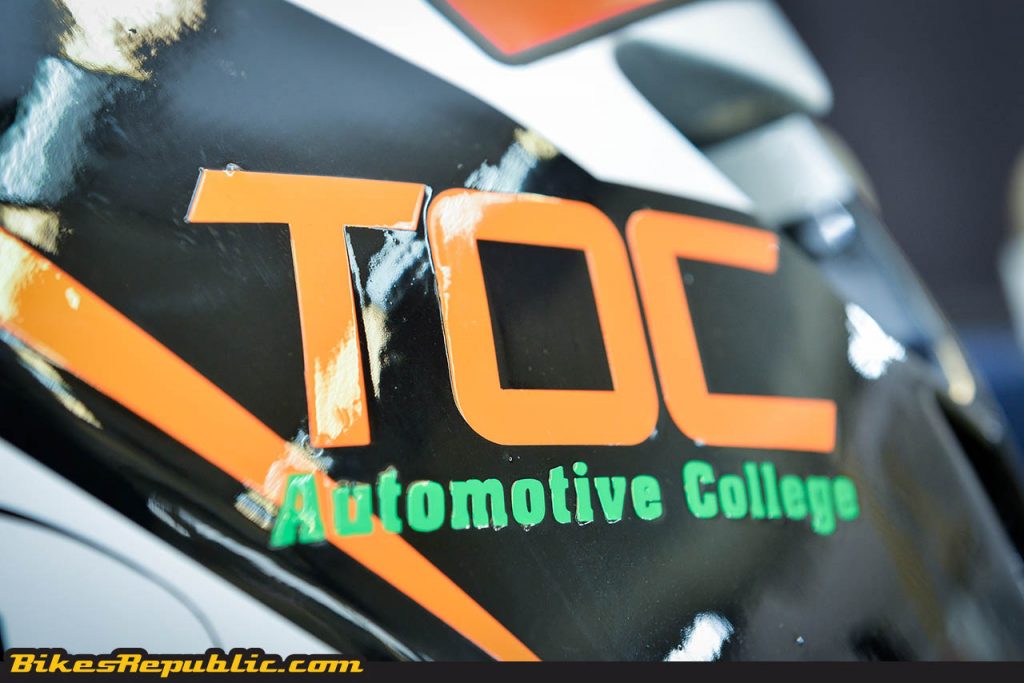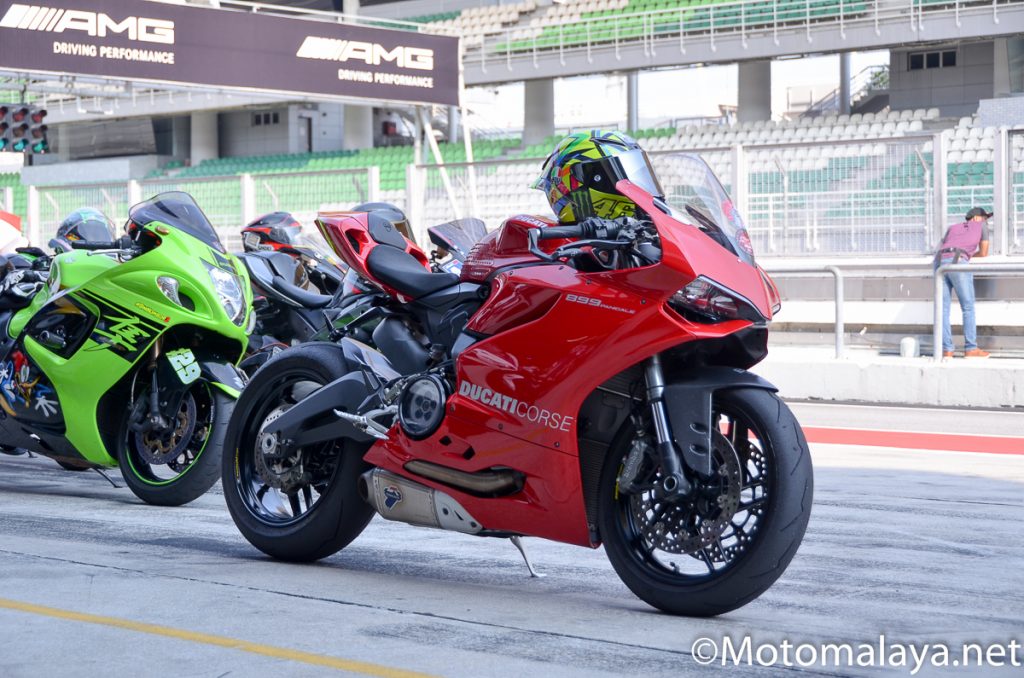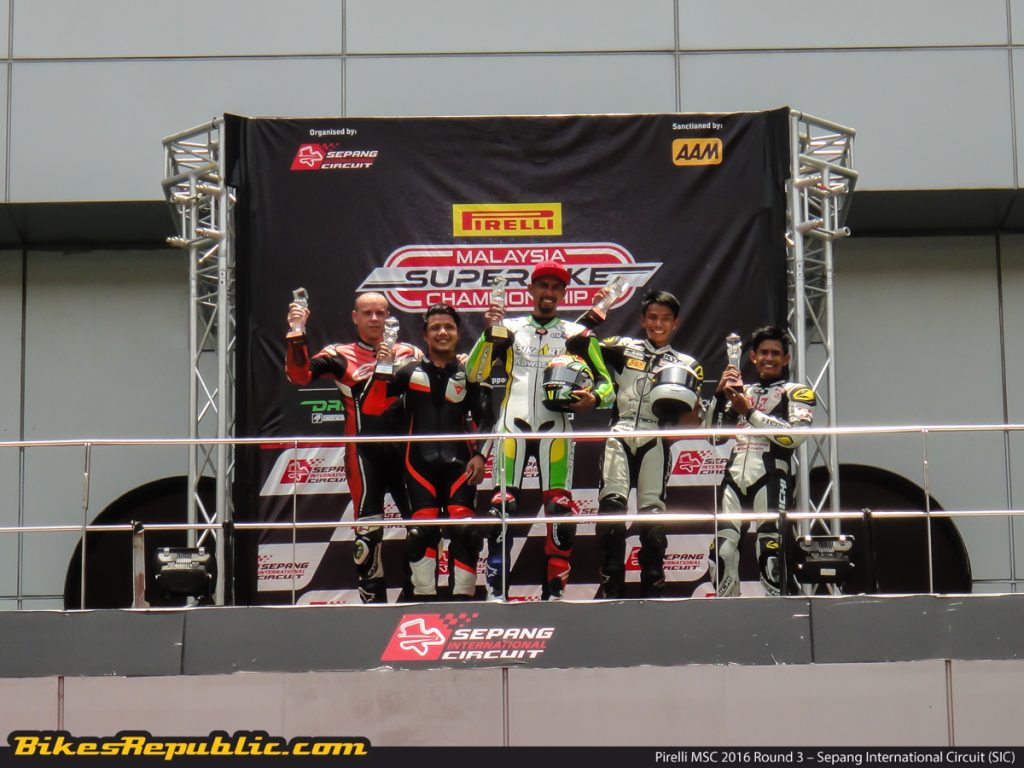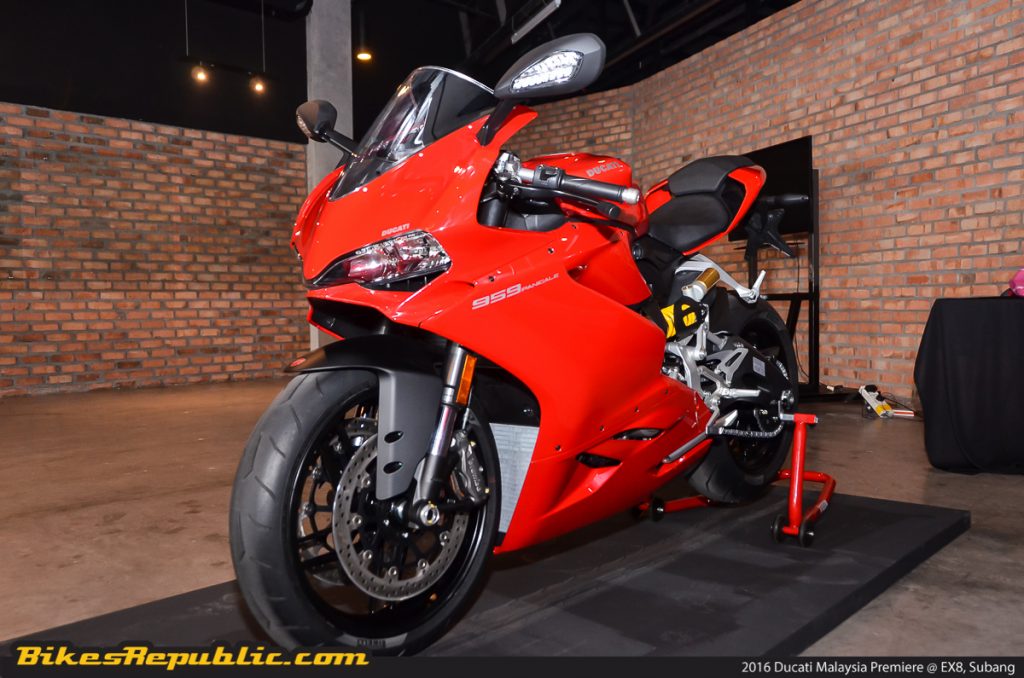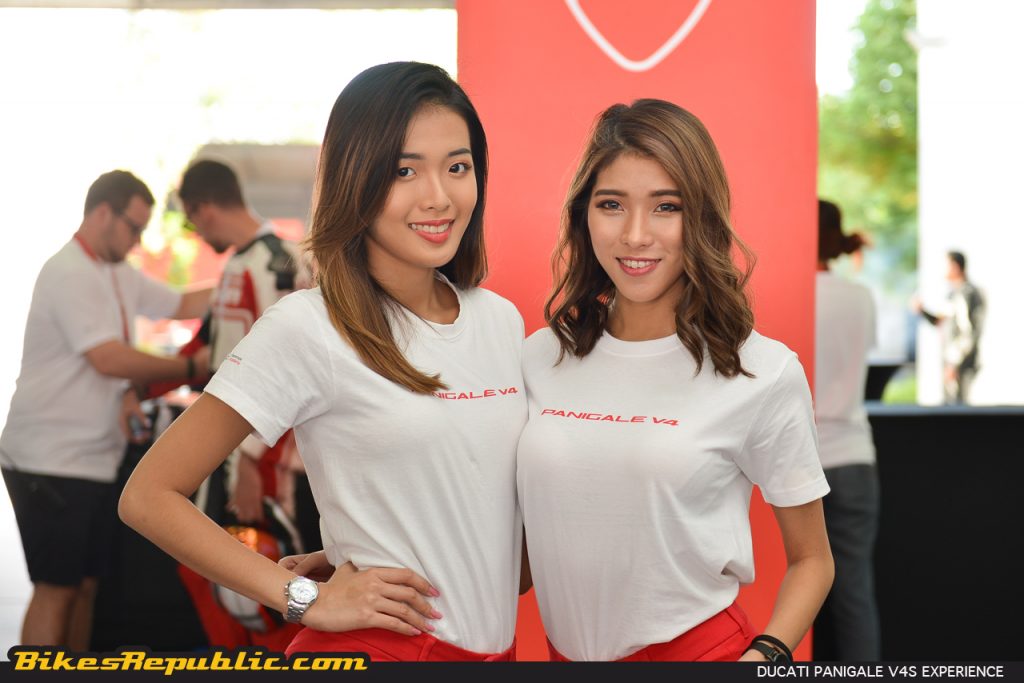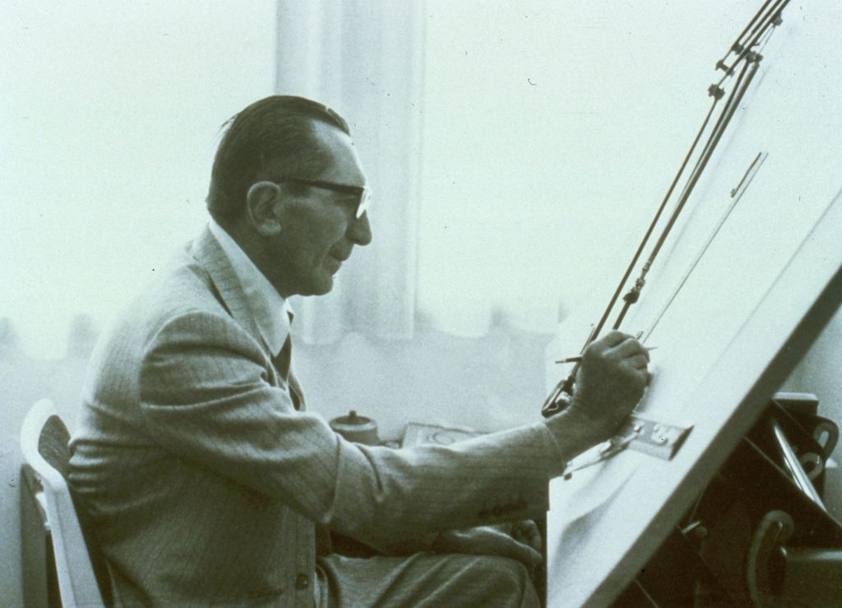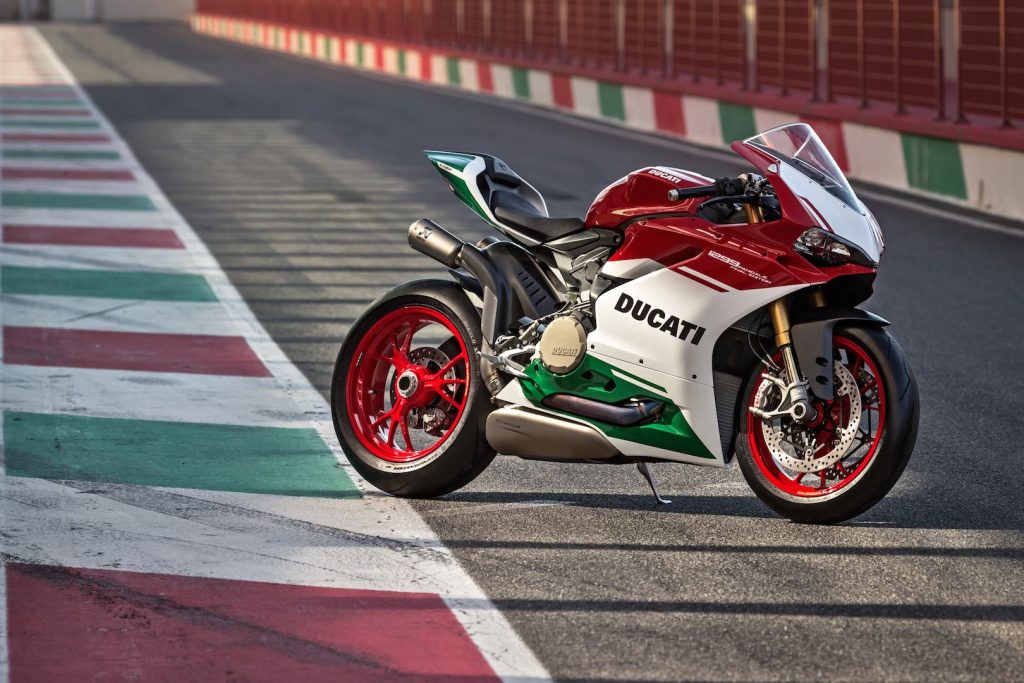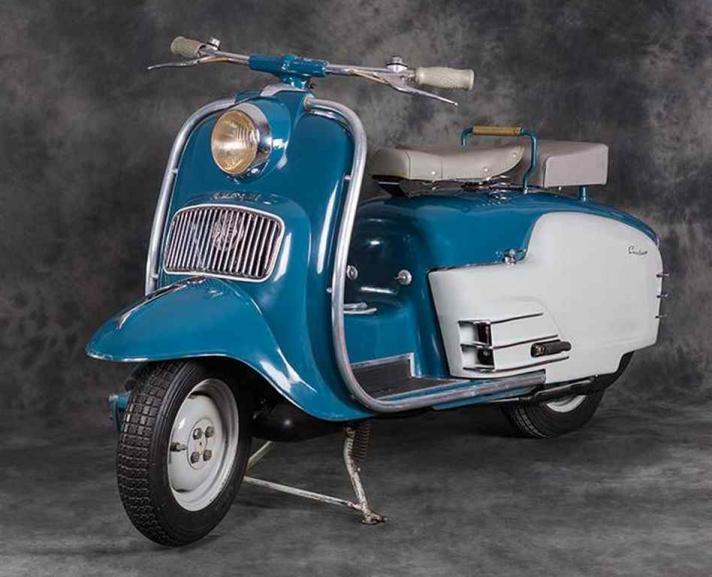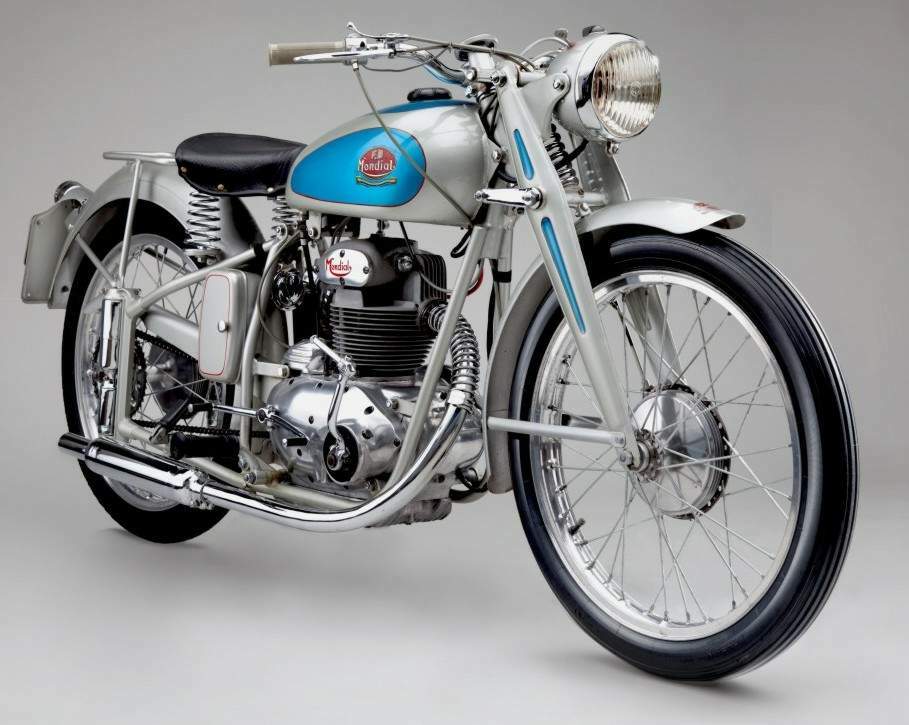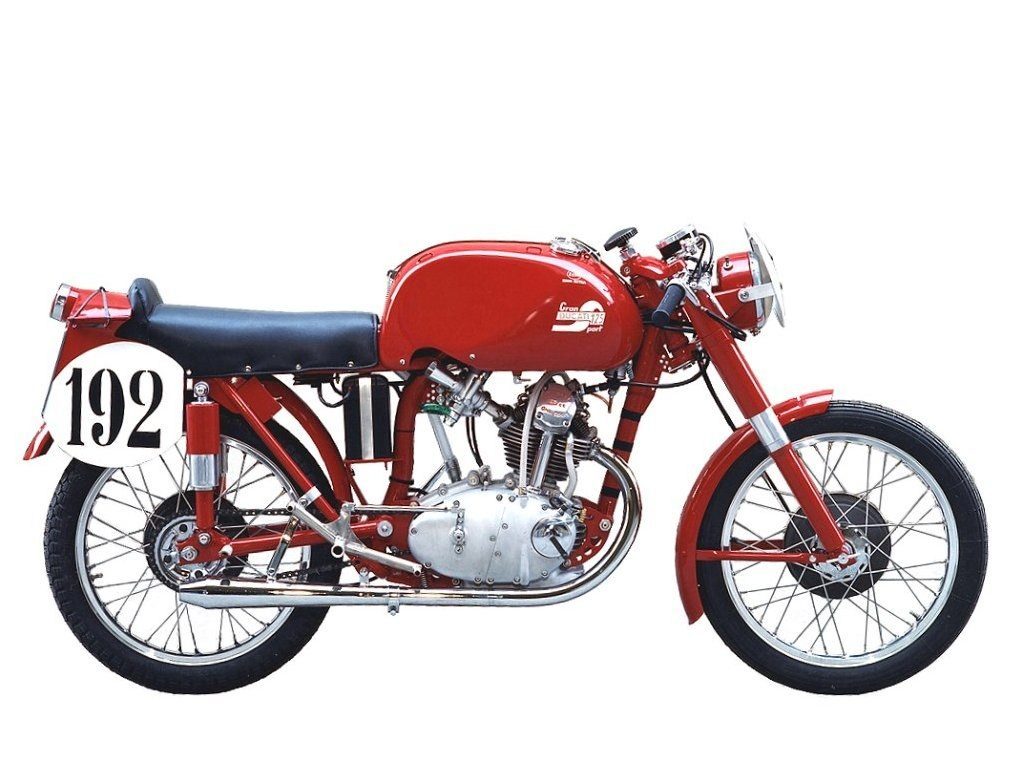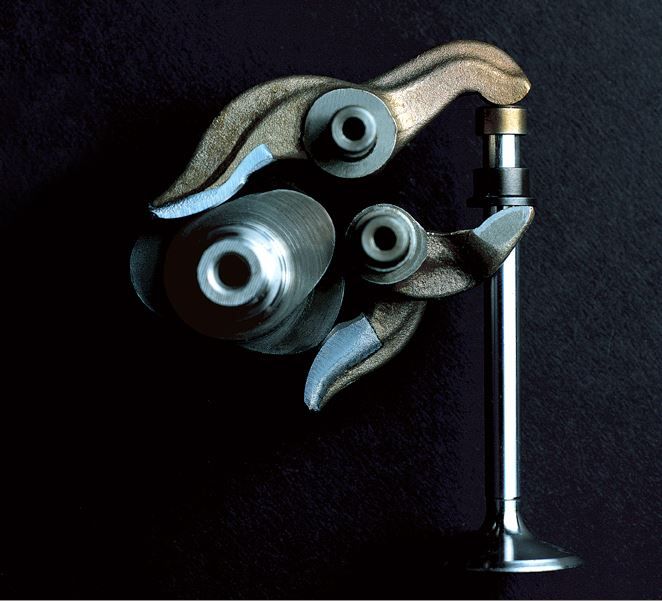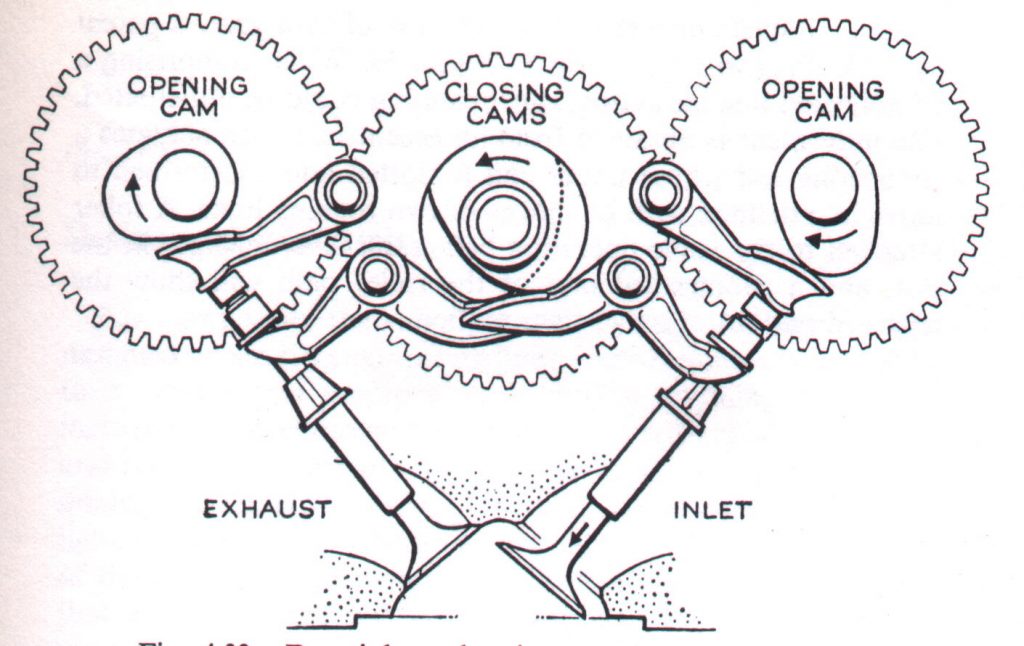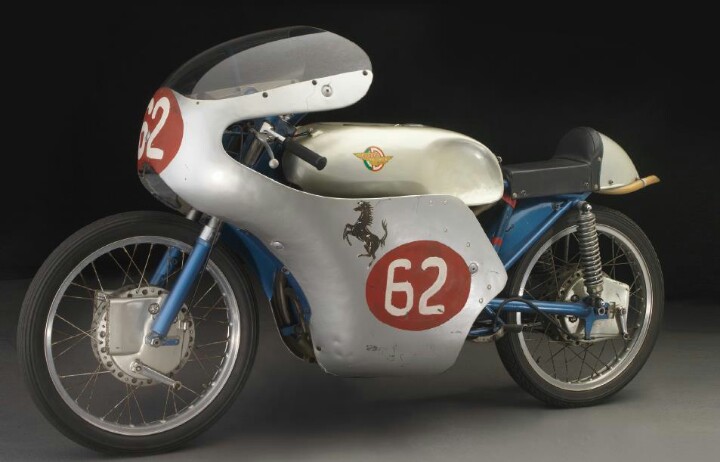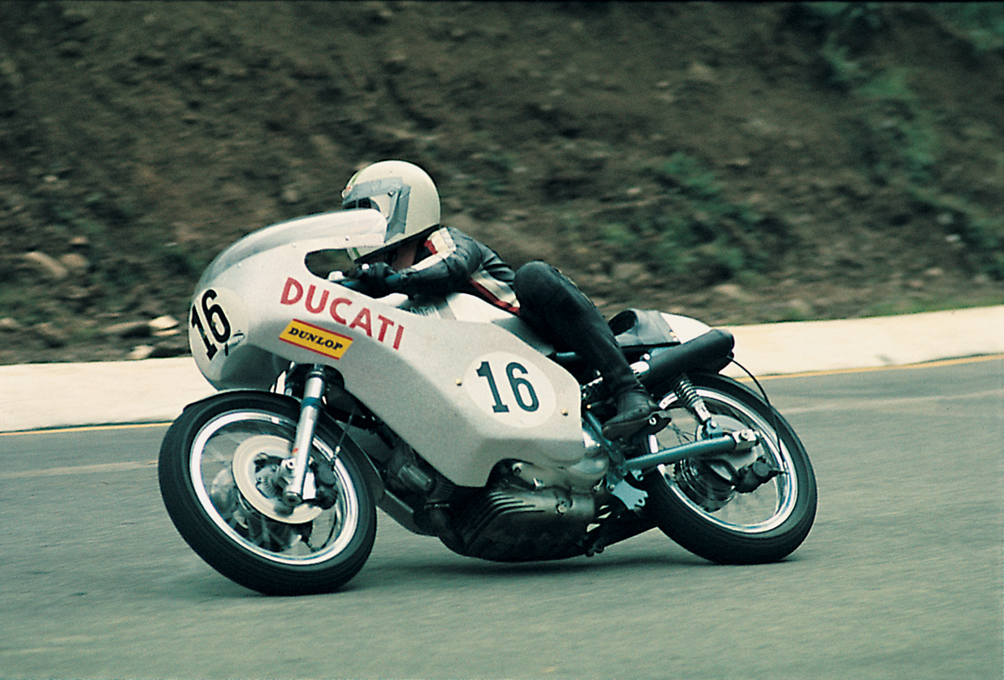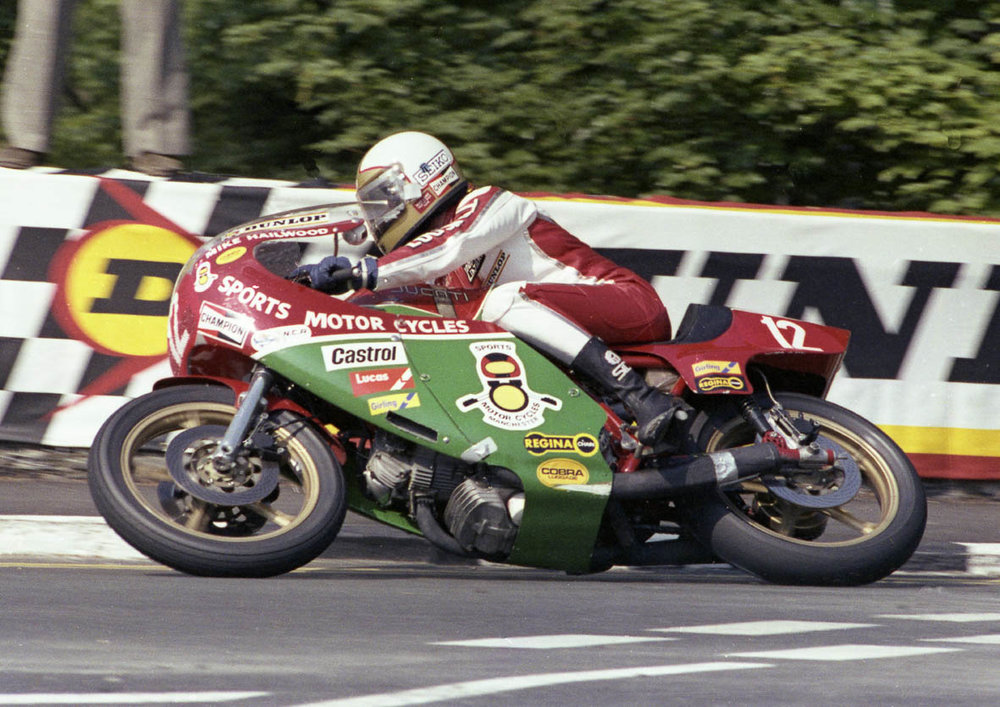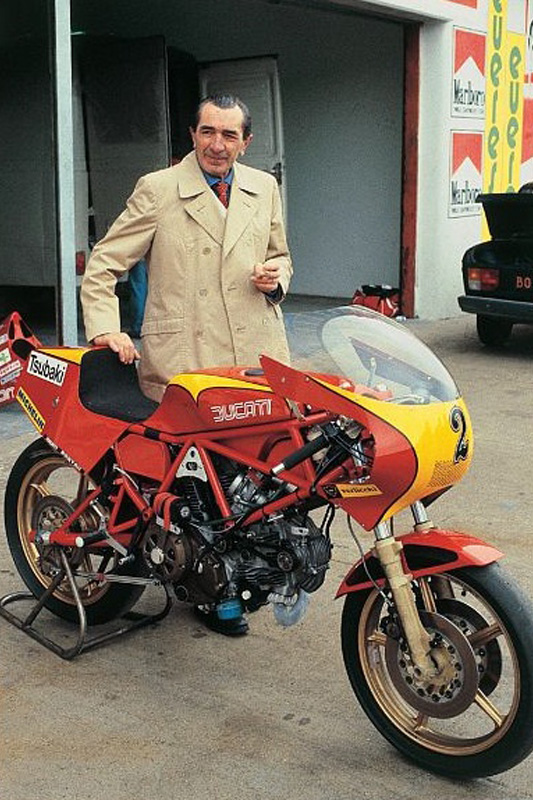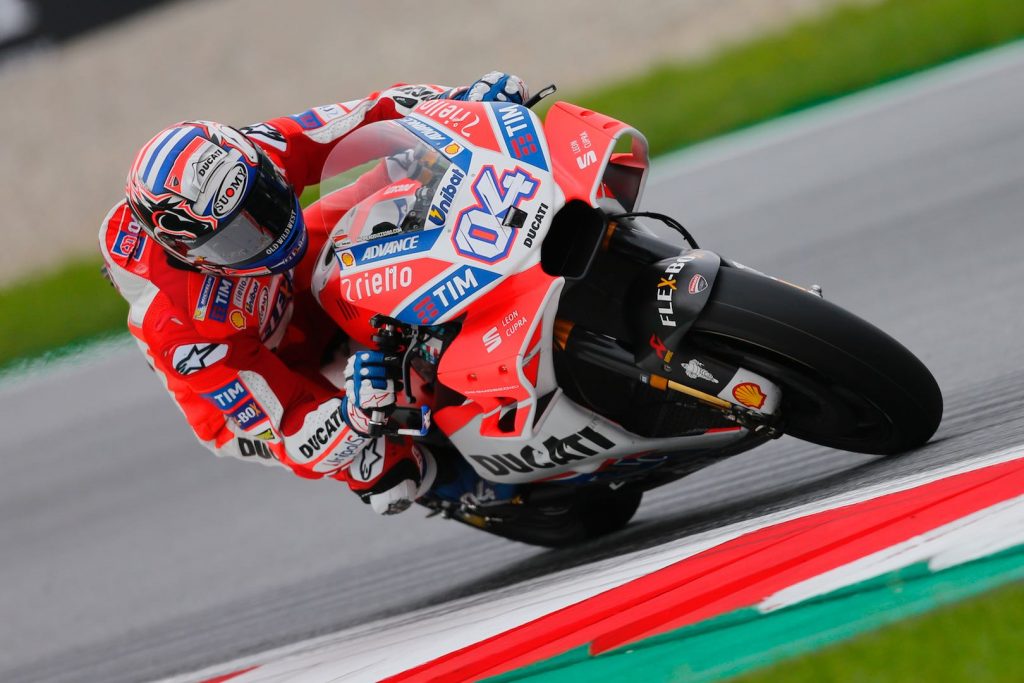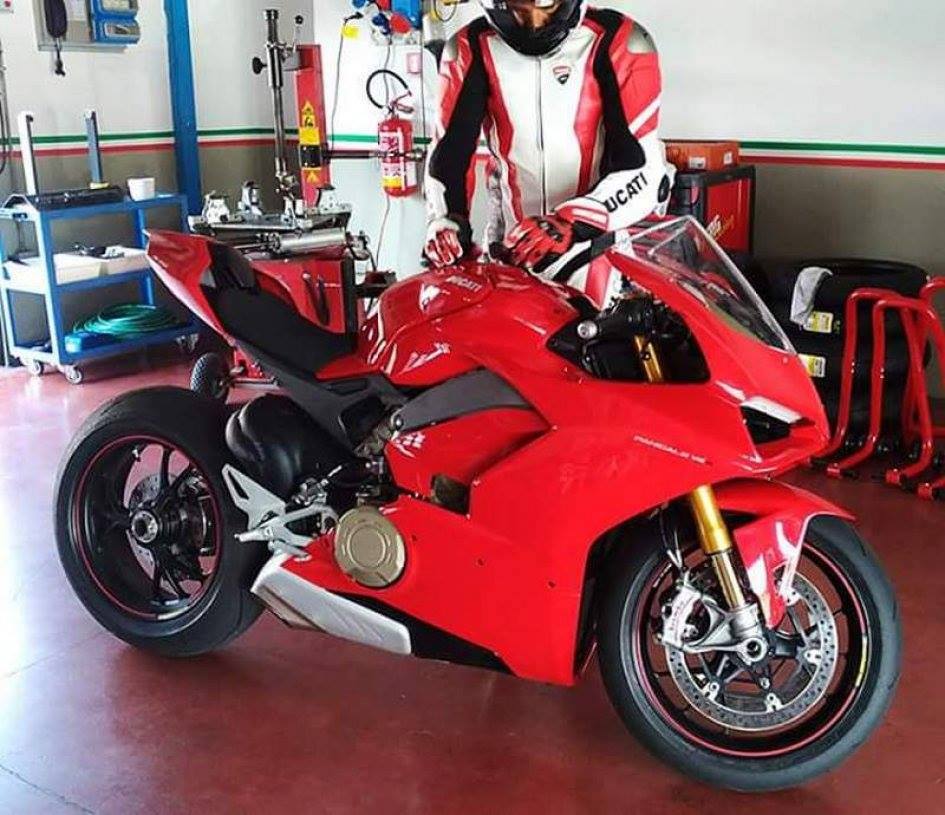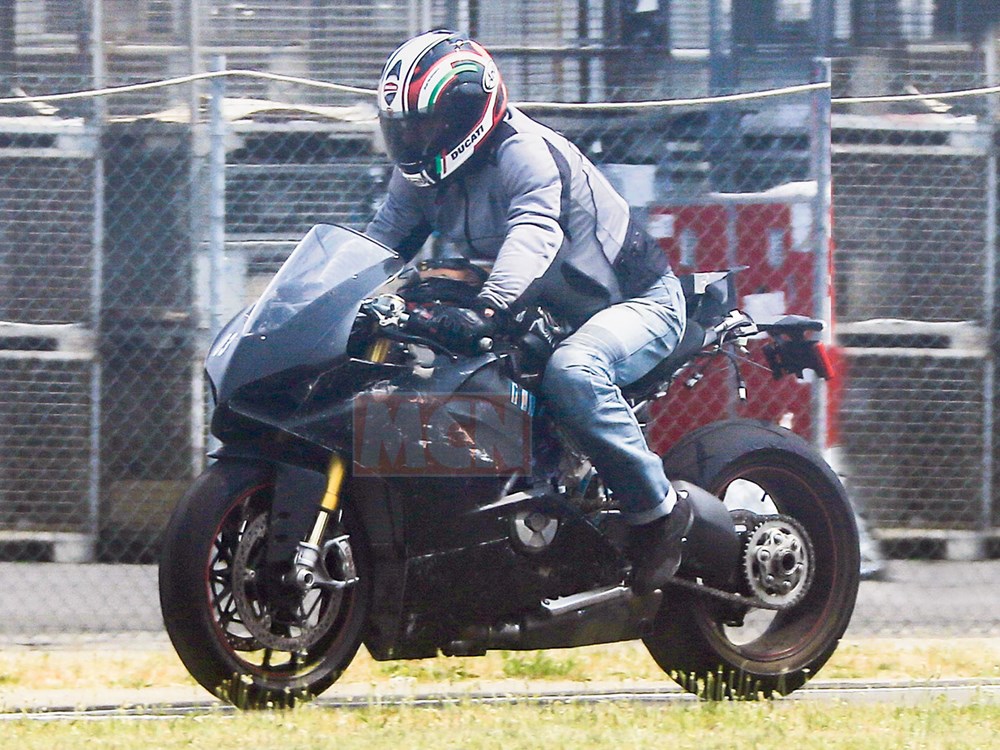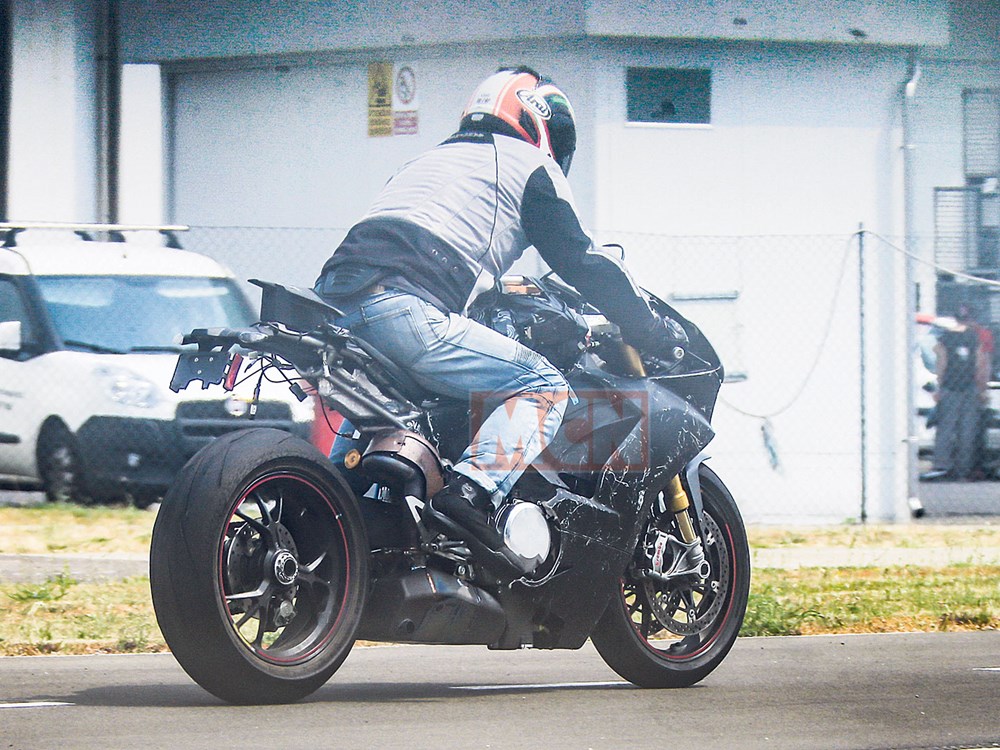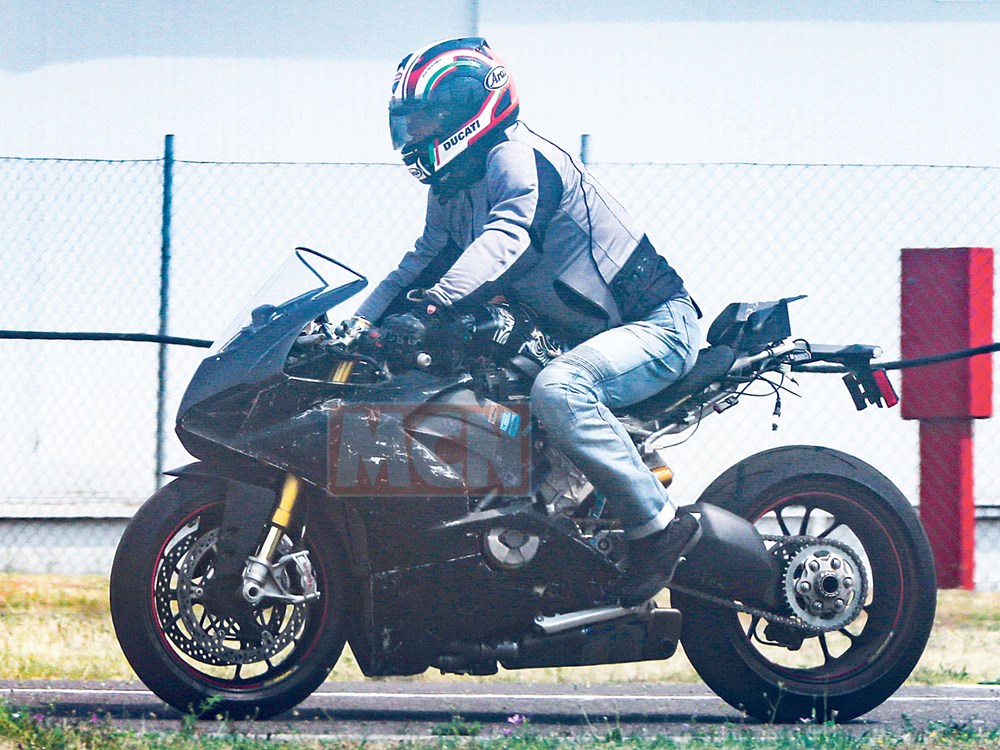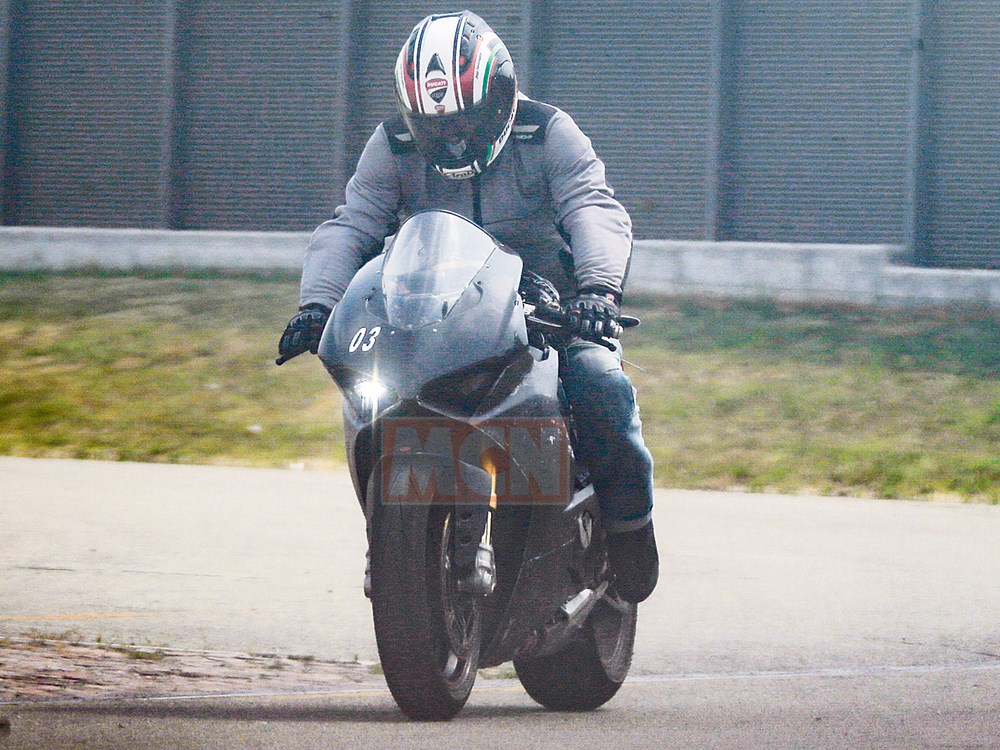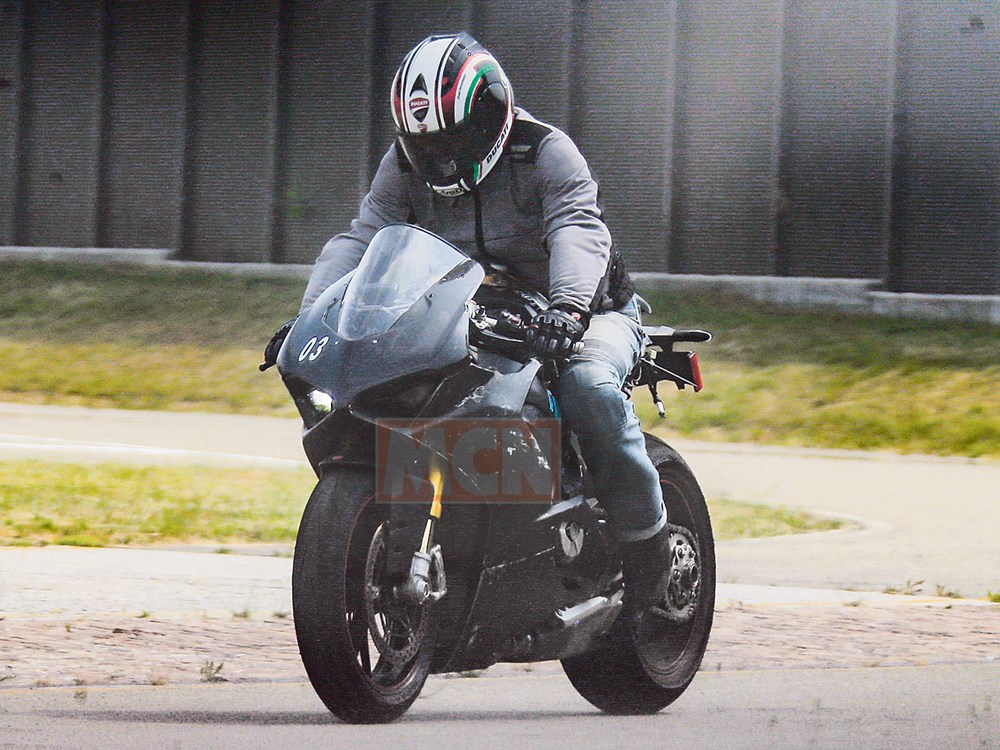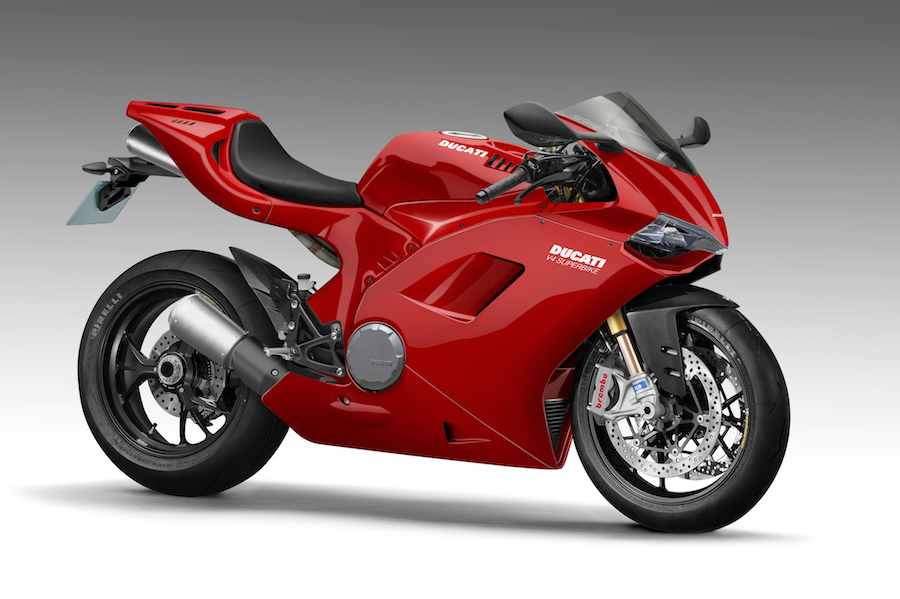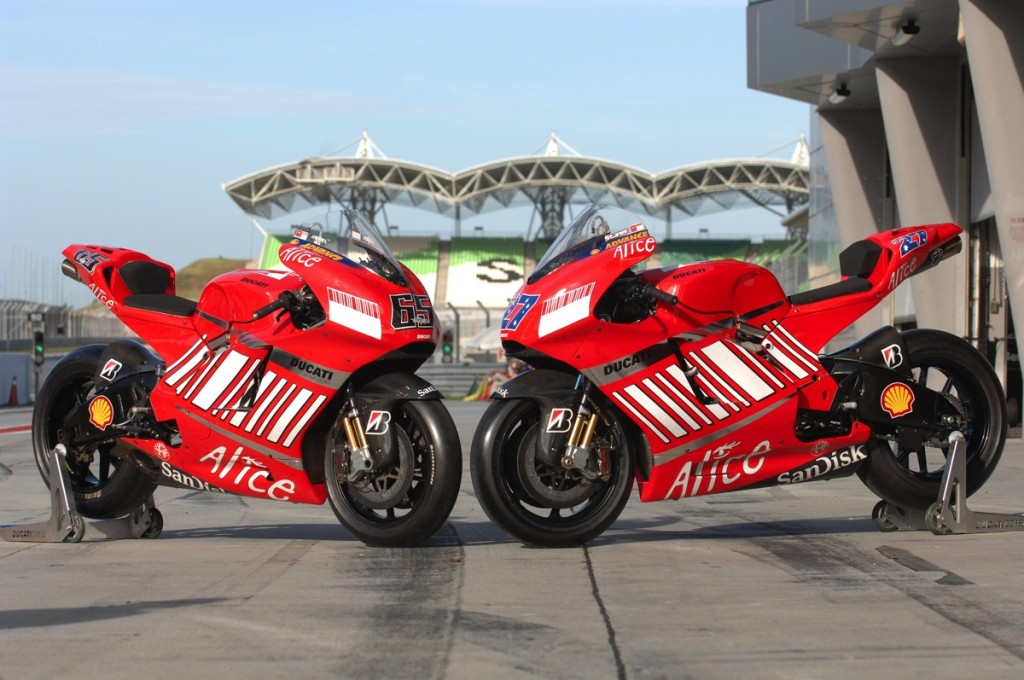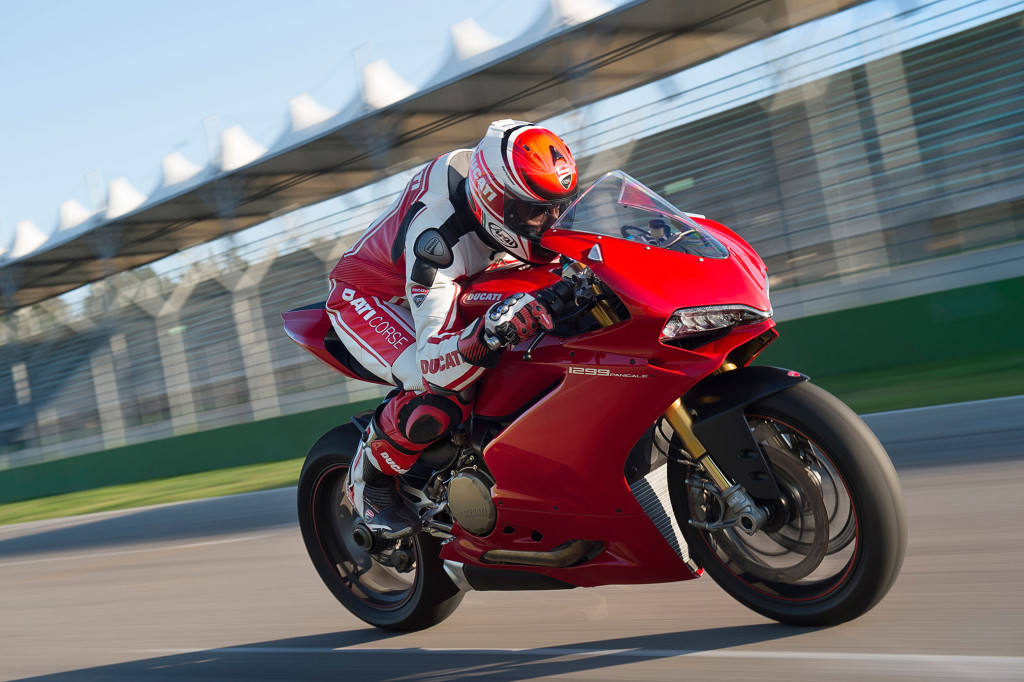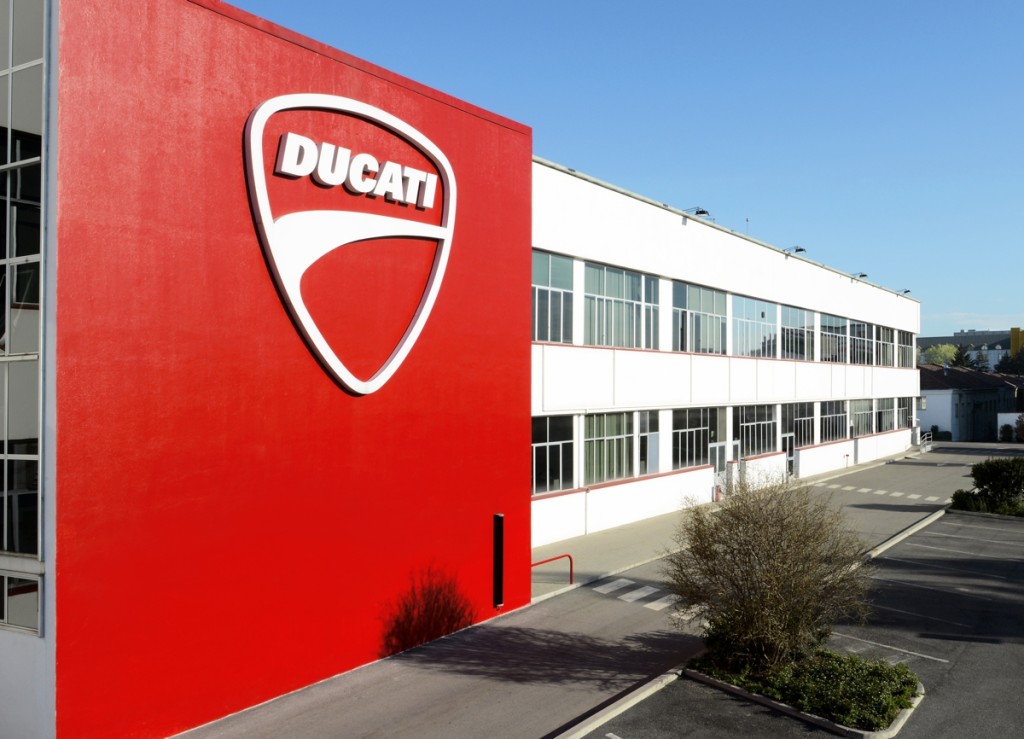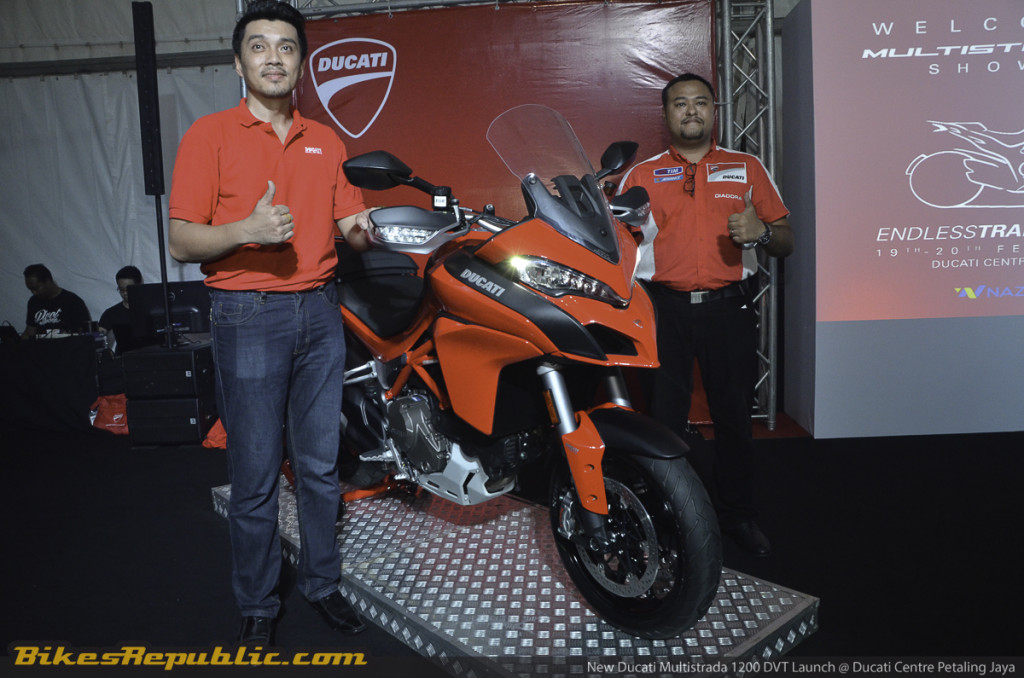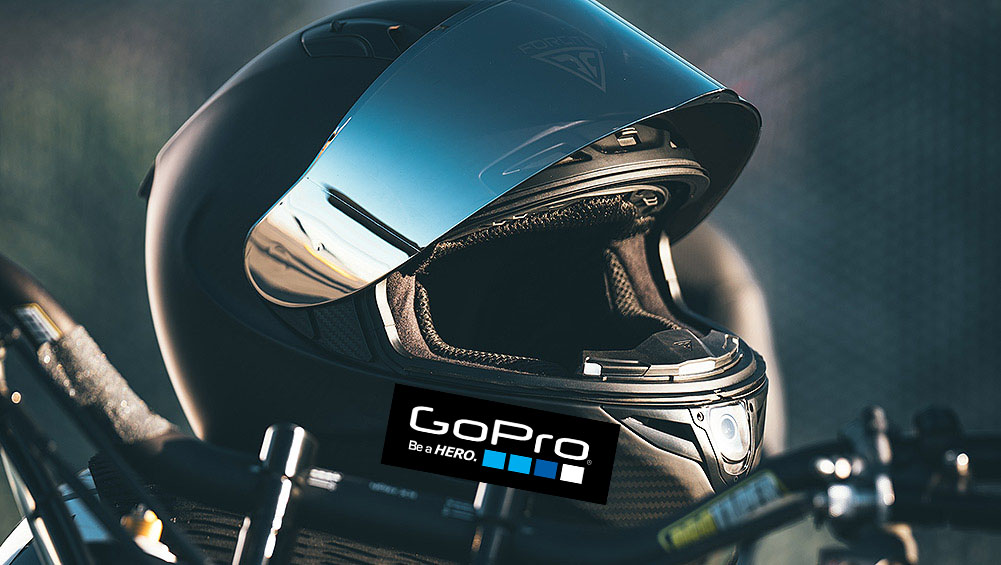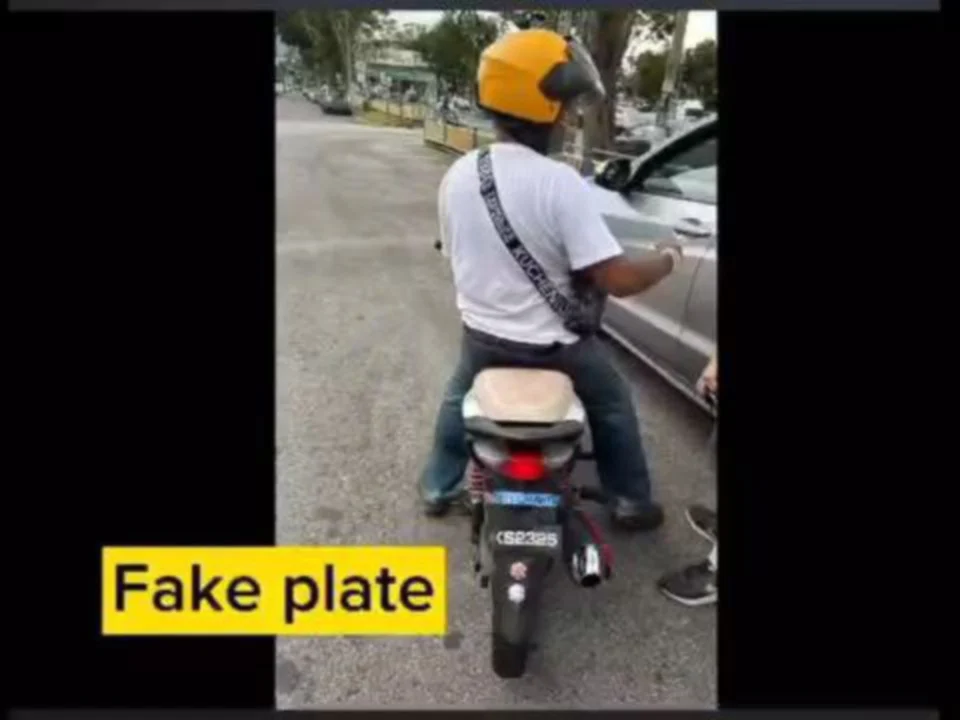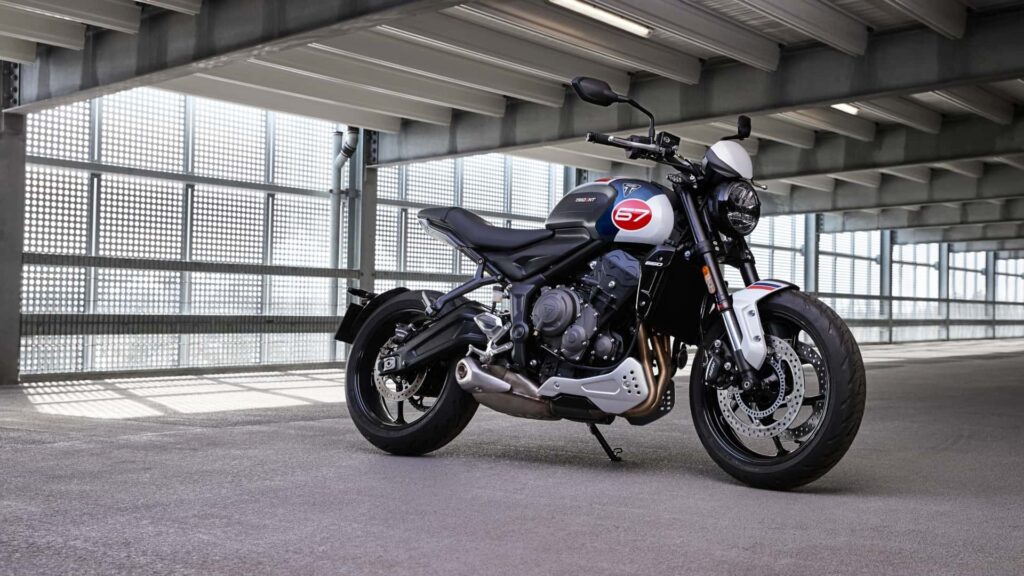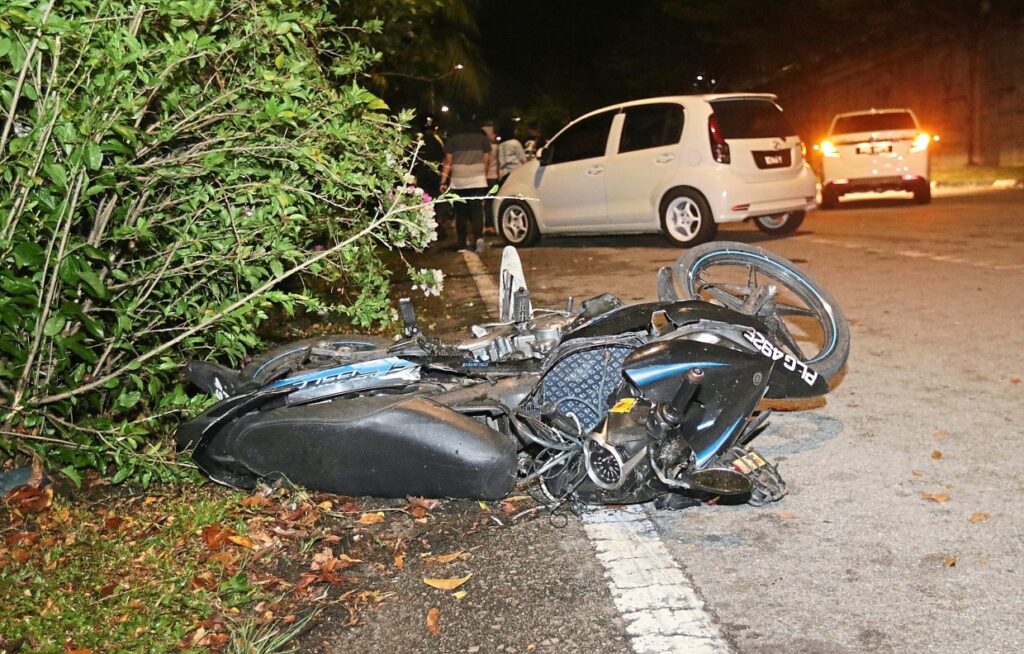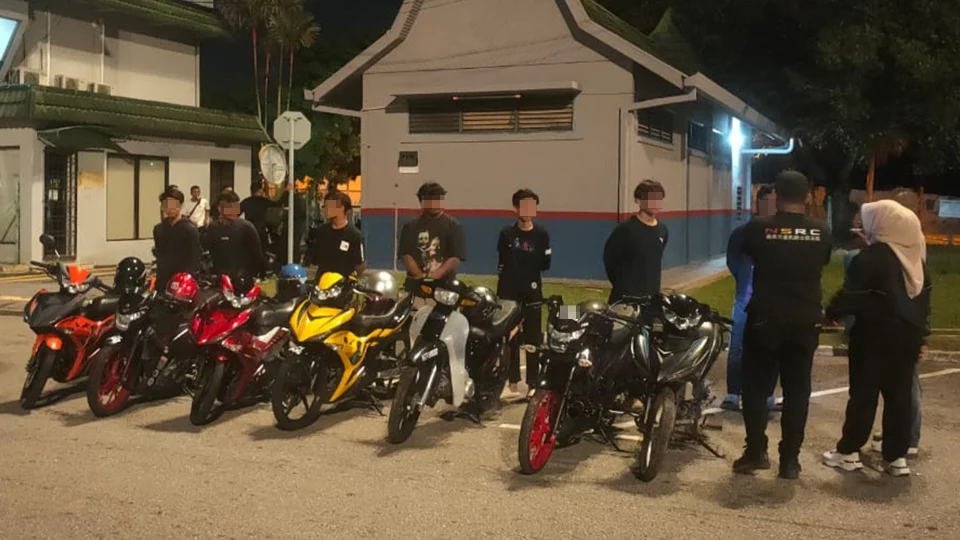A group of students at the prestigious Massachusetts Institute of Technology (MIT) are developing a fuel cell-powered motorcycle using an old Ducati as the mechanical basis for the project.
- The project uses a Doosan DM15 model fuel cell, which offers an environmentally friendly alternative to combustion engines.
- The module itself weighs only 2.9 kilograms.
What makes the project particularly interesting is the use of an old Ducati with a Desmo-Due engine, which was previously used in the first Monsters and medium SS models. The iconic tubular frame is also being used as part of the concept.
Only the engine casing and gearbox are being retained from the original V2 engine. Instead of a crankshaft, the electric motor is housed in the engine casing while the existing gearbox is being kept in its original form and function. However, the power output of the motor and the storage and refueling of the hopefully “green” hydrogen is not yet known.
The MIT EVT project is using the Doosan DM15 model fuel cell, which has a peak output of 9 kilowatts or 12 horsepower. The nominal output is just under 2 horsepower, which gives an indication of the power output of the motor.
The module itself weighs only 2.9 kilograms and can be supplied with hydrogen via a changeable tank. Two 10,000 mAh LiPo batteries are being used as a buffer storage for the drive system. The buffer is necessary to compensate for the delay in the fuel cell when no power is being drawn, as the fuel cell only produces electricity when “gas is being given”. Doosan uses this cell to power drones.
The team hopes that their project will inspire other developers to consider the use of fuel cells in transportation. Fuel cells offer an environmentally friendly alternative to combustion engines, producing only water as a byproduct. With the popularity of electric vehicles on the rise, fuel cell-powered transportation could be the next big thing. The team also hopes to raise awareness about the potential of renewable energy and sustainable transportation solutions.


